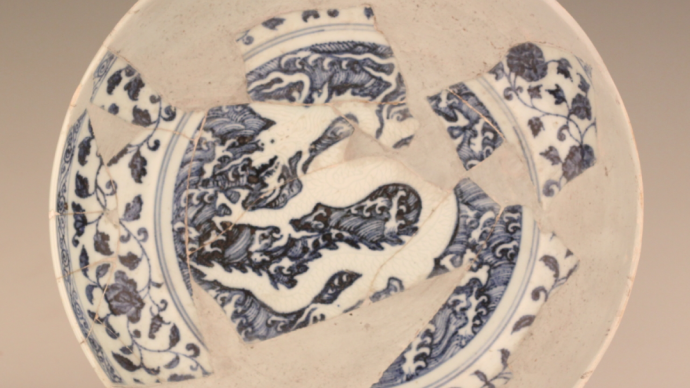
From "Tang Qinghua" to "Yuan Qinghua"
Blue and white porcelain, English name blue and white, is made of cobalt ore containing cobalt oxide as raw material, painted on the ceramic body, covered with a layer of transparent glaze, and fired at a high temperature reduction flame. The earliest traceable blue-and-white porcelain can be found in the blue-colored porcelain pieces unearthed in the Tang Dynasty in Yangzhou in 1975, and the white-glazed and blue-colored wares from the Gongxian kiln in Henan, which were drawn from the Persian imported cobalt blue materials.

Tanggong County kiln blue and white flower plate
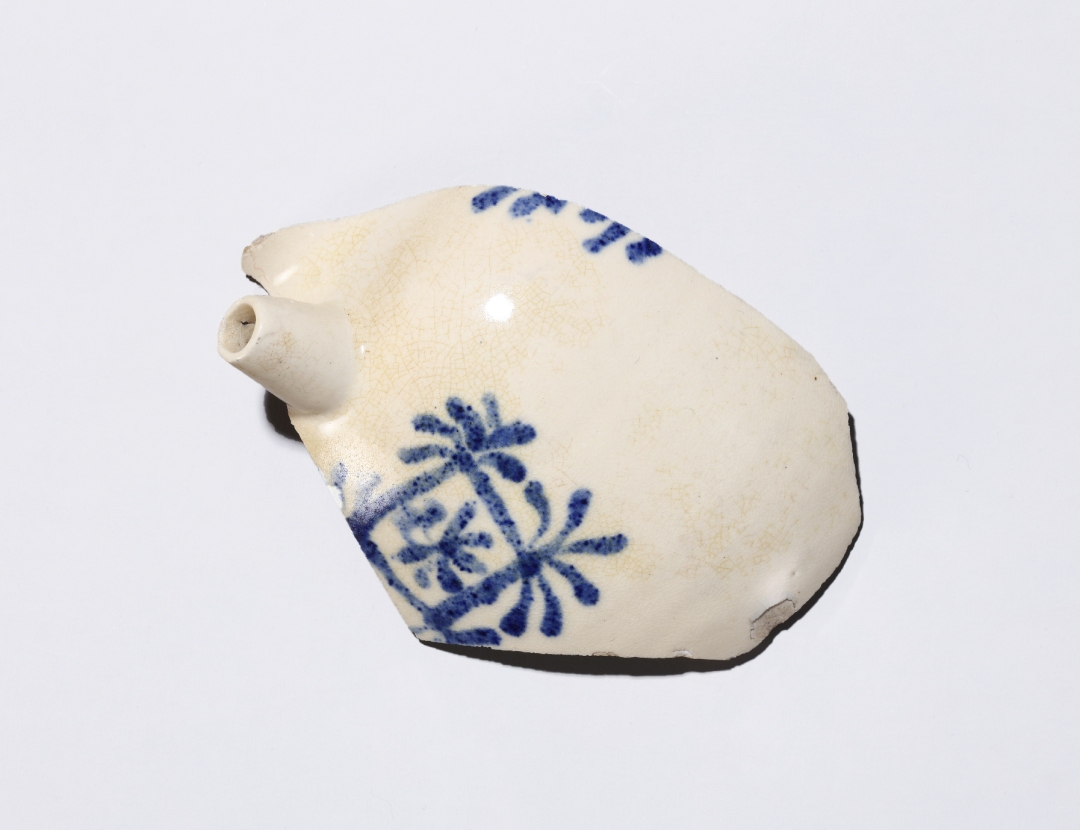
Tanggong County Kiln Blue and White Pot Fragment Specimen Private Collection
In the Yuan Dynasty in the middle of the 14th century, the traffic between the Central Plains and the Western Regions and even West Asia was opened again, which made blue and white porcelain once again have profound exchanges with Persian culture and Islamic civilization. Since then, blue and white porcelain has embarked on a glorious road. According to literature records, Yuanqinghua used Su Ma Li Qing material (or Su Ni Bo Qing) imported from the Western Regions. Due to its high iron content and low manganese content, its hair color is dark blue and deep, and rust-like plaques will form where the cobalt material is thick. . In order to meet the aesthetic needs of the local royal family and aristocracy, the ornamentation not only inherits the Chinese tradition, but also imitates and innovates deeply influenced by Islamic culture.
Yuan people's painting of Yuan Shizu's likeness, coloring on silk, in the collection of the National Palace Museum, Taipei

A blue-and-white blue-and-white inner-mold-printed high-footed target cup outside the Yuan Dynasty, the ten-faced Lingbi Mountain Residence

A blue-and-white blue-and-white inner-mold-printed high-footed target cup outside the Yuan Dynasty, the ten-faced Lingbi Mountain Residence
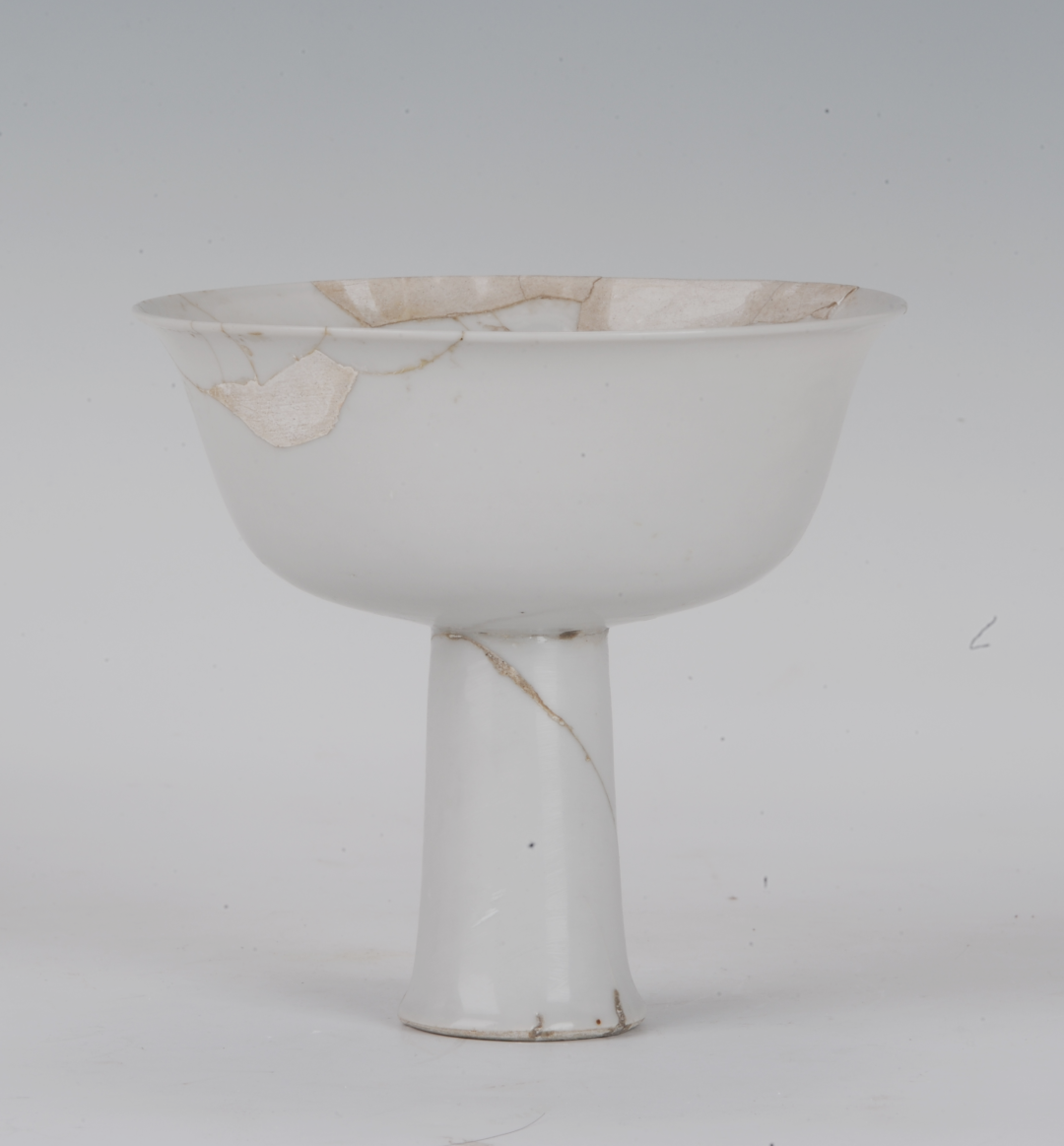
Yuan egg white glaze printed dragon pattern target cup Unearthed from the scenic road on the north side of Zhushan Mountain in the imperial kiln in 1988, in the collection of Jingdezhen Imperial Kiln Museum

Yuan egg white glaze printed dragon pattern target cup Unearthed from the scenic road on the north side of Zhushan Mountain in the imperial kiln in 1988, in the collection of Jingdezhen Imperial Kiln Museum
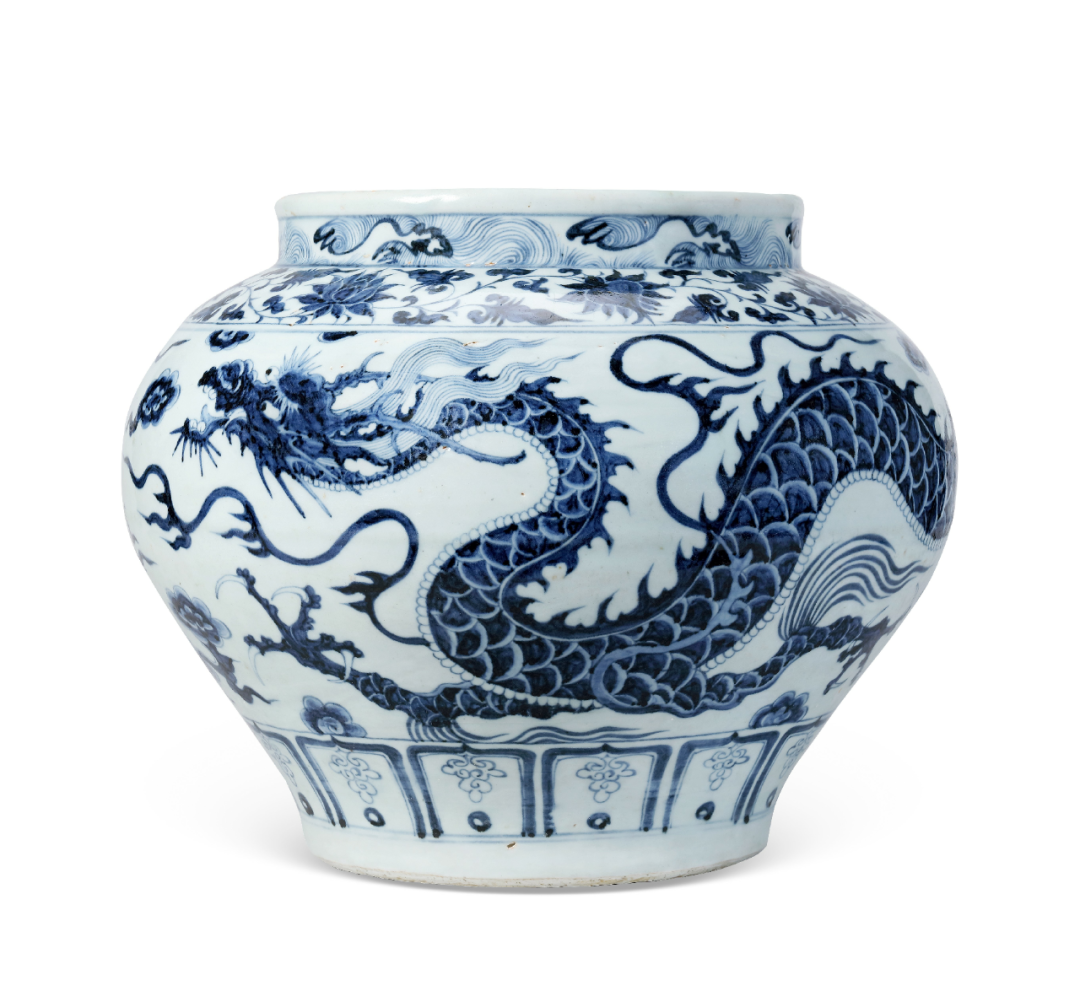
Yuan blue and white water wave cloud dragon twisted branch lotus pattern large pot, ten-faced Lingbi mountain residence

Yuan Dynasty blue and white peony pattern double animal ear jar Collection of Liangqing Bookstore
Yongxuan blue and white lead singing Su Ma Li Qing Sheng chapter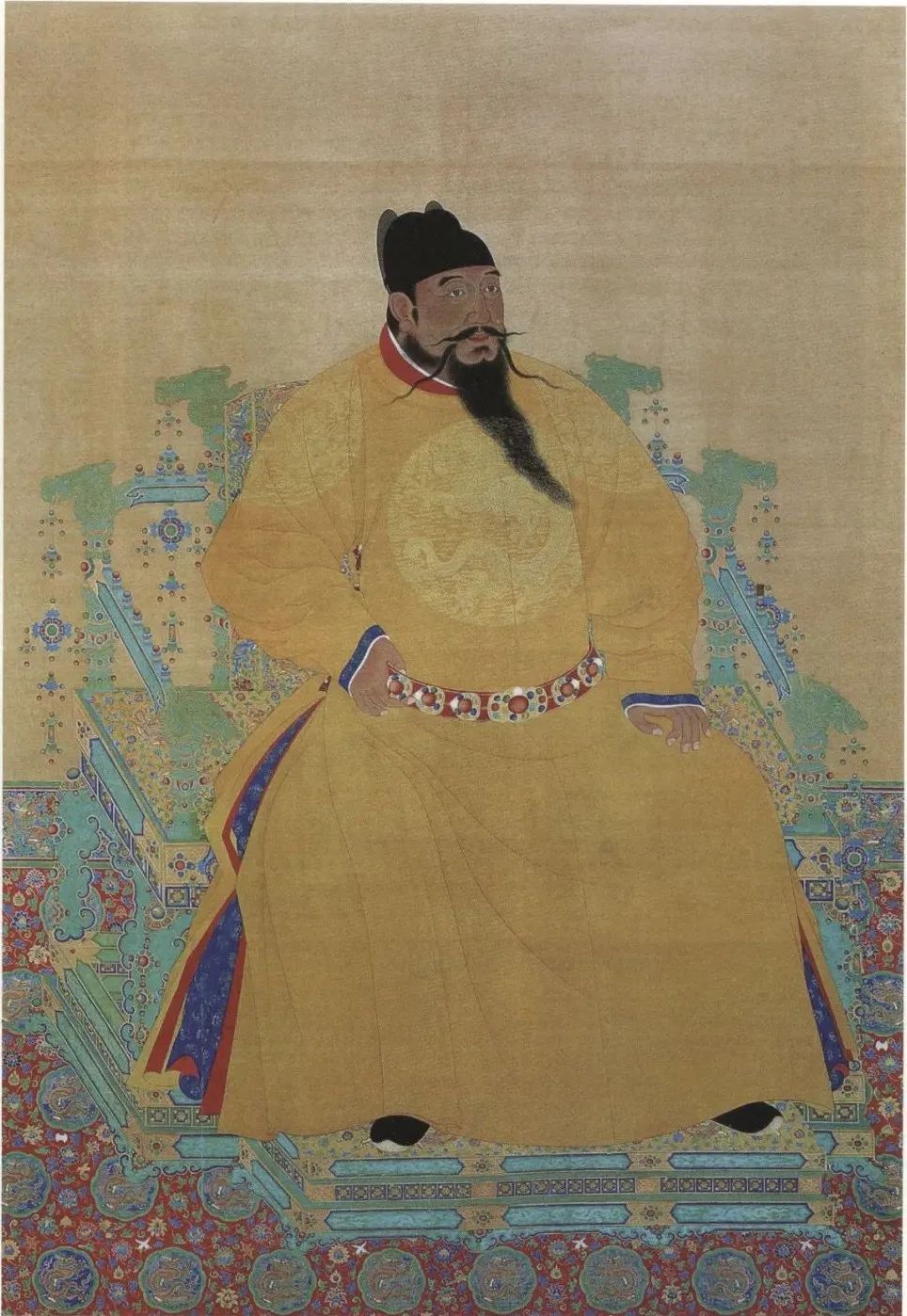
Painted by the Ming Dynasty, Chengzu Statue, Ink and color on silk, Collection of the National Palace Museum
Yongxuan blue and wreath crowns are unique throughout the ages. The green and elegant cobalt blue of "Su Ma Li Qing" imported from China and West Asia and the wonderful brushwork of imperial kiln craftsmen have jointly achieved a model of Chinese aesthetics and a peak of ceramic art. The history of ceramics has left a splendid chapter. The exhibition includes "Ming Yongle blue and white white and dark engraved dragon pattern ocean wave large plate", "Ming Xuande blue and white cloud dragon pattern ten-edged sunflower petal wash", "Ming Xuande blue and white Sanskrit sea water exotic animal pattern" Goblet", "Ming Xuande Imperial Blue and White Ode to Yong Ping Gao Foot Bowl", among which "Ming Yongle Blue and White Blue-and-white Wave Plate with Dragon Pattern Engraved in Darkness" has been collected in Europe and made its debut in China.Yongle and Xuande blue-and-white utensils have traditional Chinese shapes, as well as those deeply influenced by Islamic culture, originating from or imitating pottery, copper, gold, silver, glass and other materials in West Asia and North Africa. Due to the characteristics of high iron and low manganese in the used Su Ma Liqing material, the color is often rich and bright, and there are often iron-brown crystalline spots at the accumulated material. There are two kinds of green materials used in Xuande Dynasty: imported Su Ma Li green materials and domestic green materials, which can be used alone or in combination. In addition, the writing standard of the official kiln porcelain in the Xuande period was established, and it was followed by the imperial kiln porcelain in the Ming and Qing dynasties. To sum up, Yongle and Xuande blue-and-white porcelain have completely gotten rid of the blue-and-white porcelain style of the Yuan Dynasty and Hongwu period, and opened a new chapter in the development of blue-and-white porcelain in the Ming and Qing dynasties.

A painting by the Ming Dynasty in the Xuanzong Palace of the Ming Dynasty (part) Ink and color on silk in the collection of the Palace Museum

Ming Yongle blue-and-white blue-and-white plate with dark engraved dragon pattern and waves in the collection of the famous Danish architect Salomon Sörensen (1856-1937)
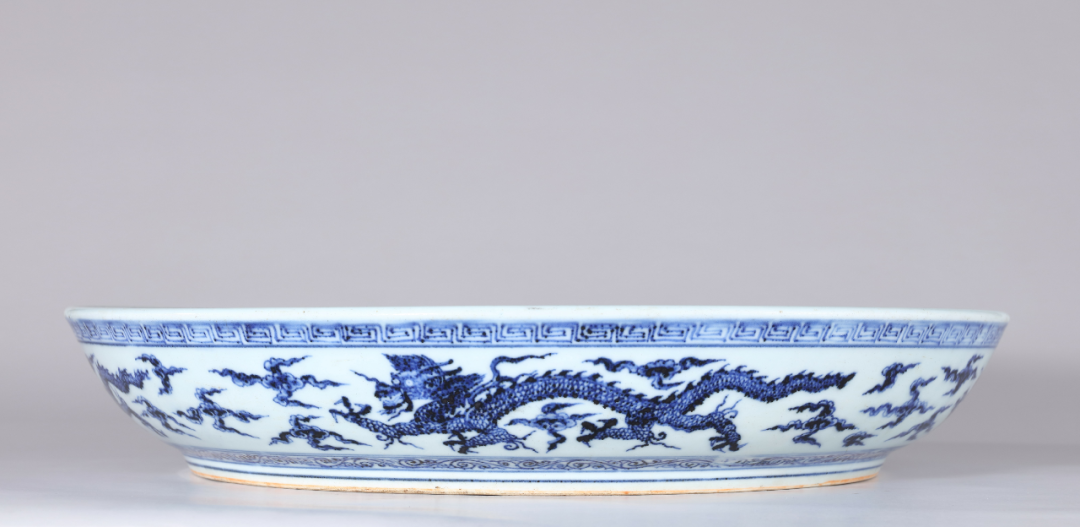
Ming Yongle blue-and-white blue-and-white plate with dark engraved dragon pattern and waves in the collection of the famous Danish architect Salomon Sörensen (1856-1937)
Ming Yongle's "blue and white white and dark engraved dragon pattern ocean wave large plate" is very difficult to leave blank, and it tests the craftsman's skill in planning and layout. Part of the outline is outlined with blue and white, and then the part that needs to be represented by blue and white is drawn with cobalt blue material, and you need to be extra careful when drawing, and you must not write in the blank area; the most impressive is the scale of the dragon. , minions, beards and hair are all expressed in dark engraving process, and the decoration after glazing is also very clear, the details are exposed, the workmanship is extraordinary, and it has a three-dimensional effect, which can be described as a work of magic. The whole body blue and white hair color is deep and beautiful, especially the obvious iron spot deposition effect can be seen in the thick color, which is quite interesting in the traditional Chinese ink painting, revealing the solemn and majestic beauty.
Ming Yongle blue and white white and dark engraved dragon pattern sea wave large plate (part)
The white dragon pattern formed by leaving the center blank is very rare in blue-and-white wares in the early Ming Dynasty. Those who use this technique have seen heavy wares from imperial kilns. The most famous is the celestial ball bottle. The museum, the National Museum of Iran, the Idemitsu Art Museum in Japan, etc. have collections. In addition, there are plum vase, large bowl and other shapes. As for its origin, the mother copy should come from the blue glaze and blue and white utensils in the Yuan Dynasty. The former is like the blue-glazed plum vase with white dragon pattern in the Yangzhou Museum, and the latter is two blue and white eight-edged plum vase unearthed in the Yuan Dynasty cellar in Baoding, Hebei in 1964.According to preliminary statistics, only two cases have been published that are similar to this exhibit, one case is in the Shanghai Museum, and the other two cases were originally in the Adbir Mosque in Iran and are now in the National Museum of Iran. .
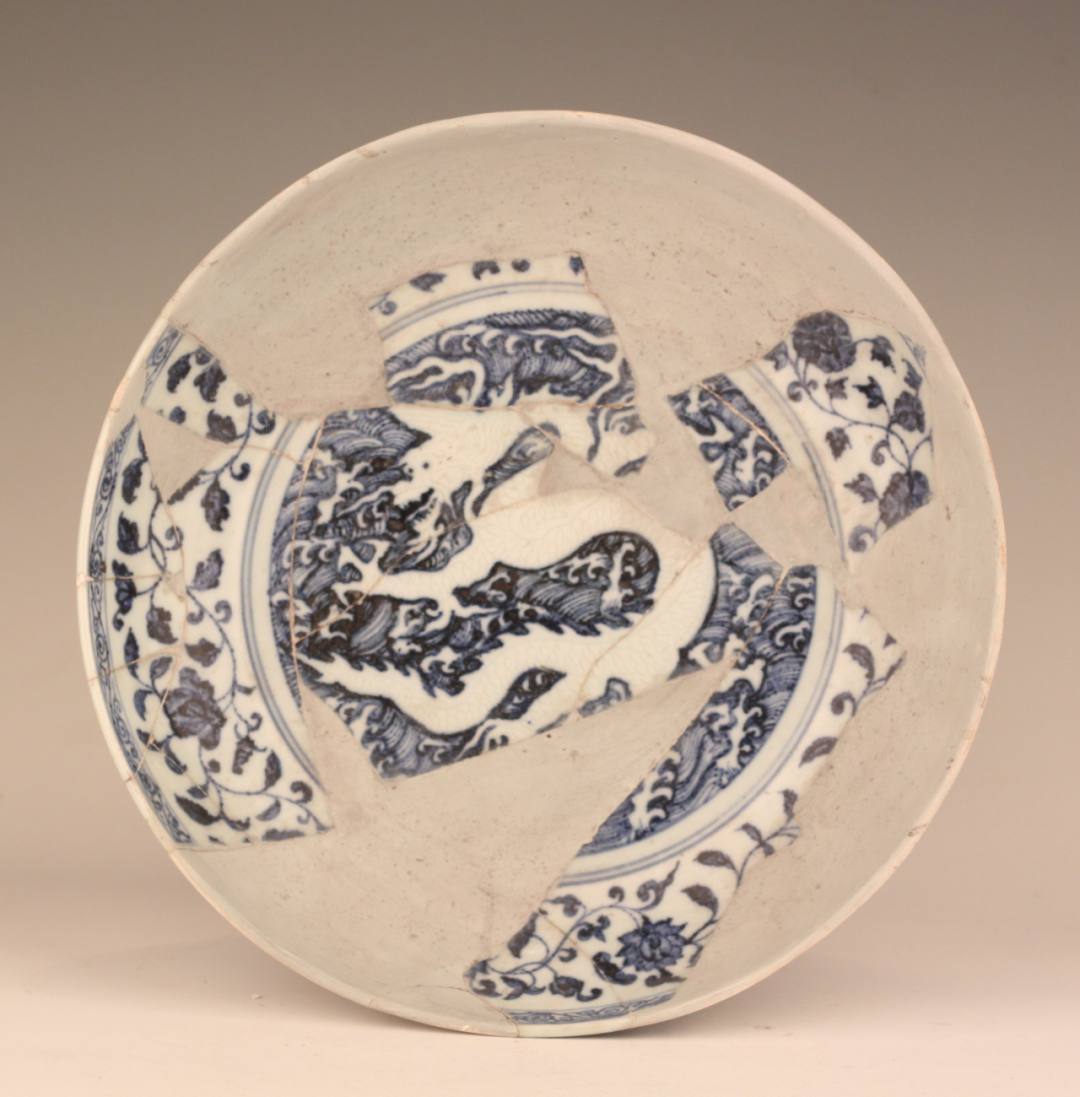
Ming Yongle blue-and-white sea-water cone and white dragon-pattern plate Unearthed in 1993 from the imperial kiln Zhushan, Jingdezhen imperial kiln museum
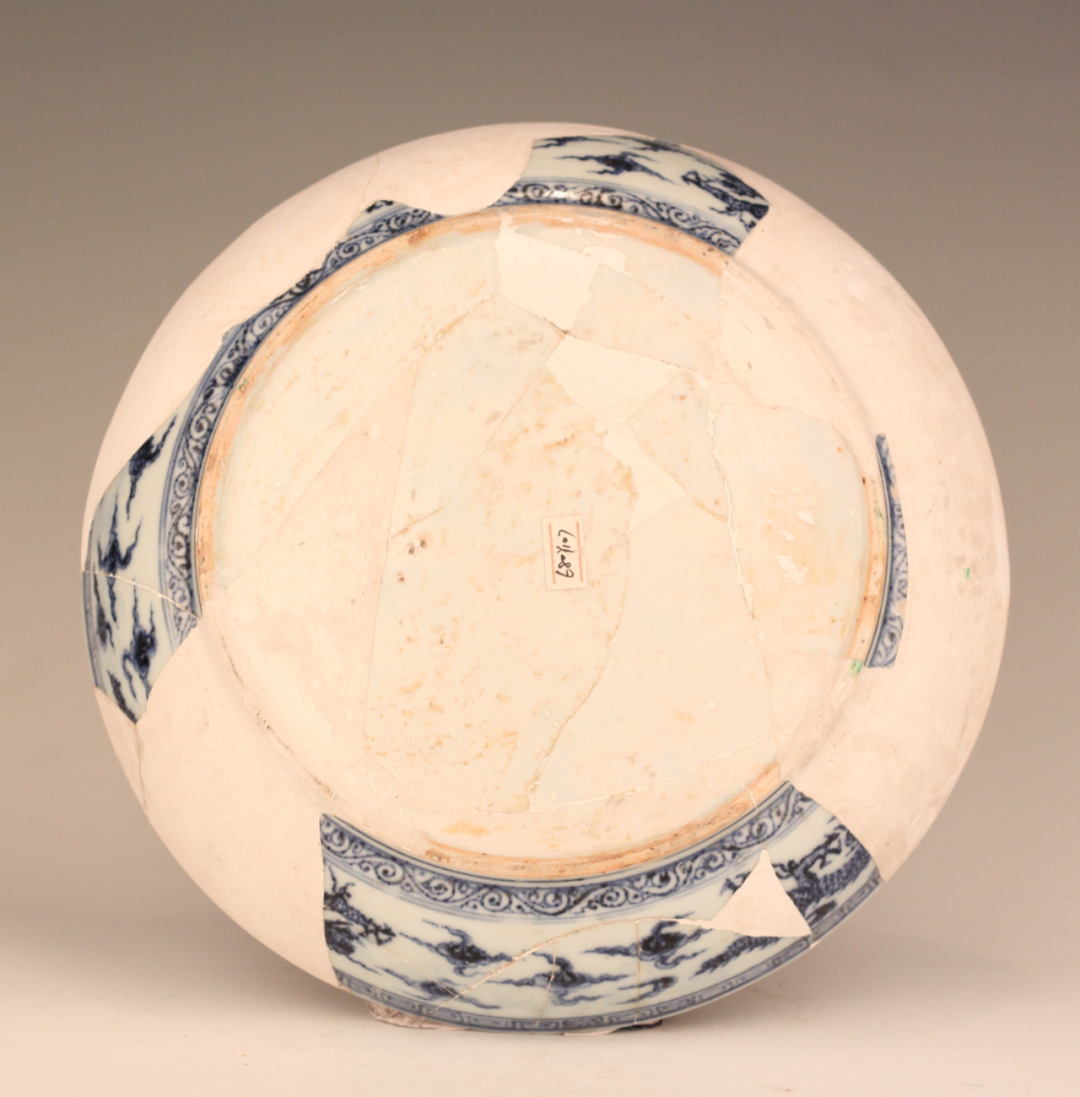
Ming Yongle blue-and-white sea-water cone and white dragon-pattern plate Unearthed in 1993 from the imperial kiln Zhushan, Jingdezhen imperial kiln museum
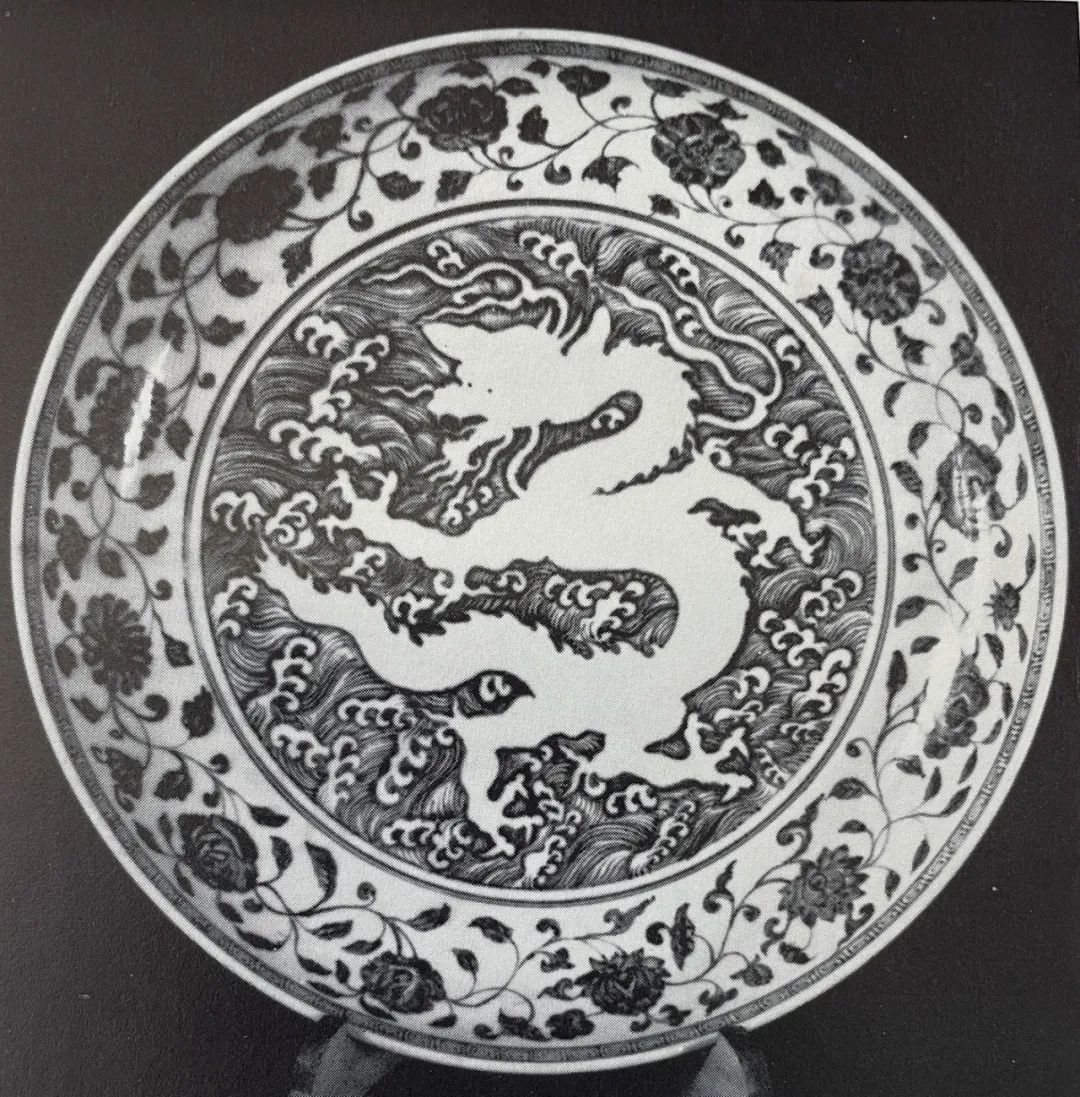
Yongle, Ming Dynasty, Blue and White Dragon Pattern Plate, Collection of Adbir Temple, No. 29.37 Collection of the National Museum of Iran

Yongle, Ming Dynasty, Blue and White Dragon Pattern Plate, Collection of Adbir Temple, No. 29.37 Collection of the National Museum of Iran
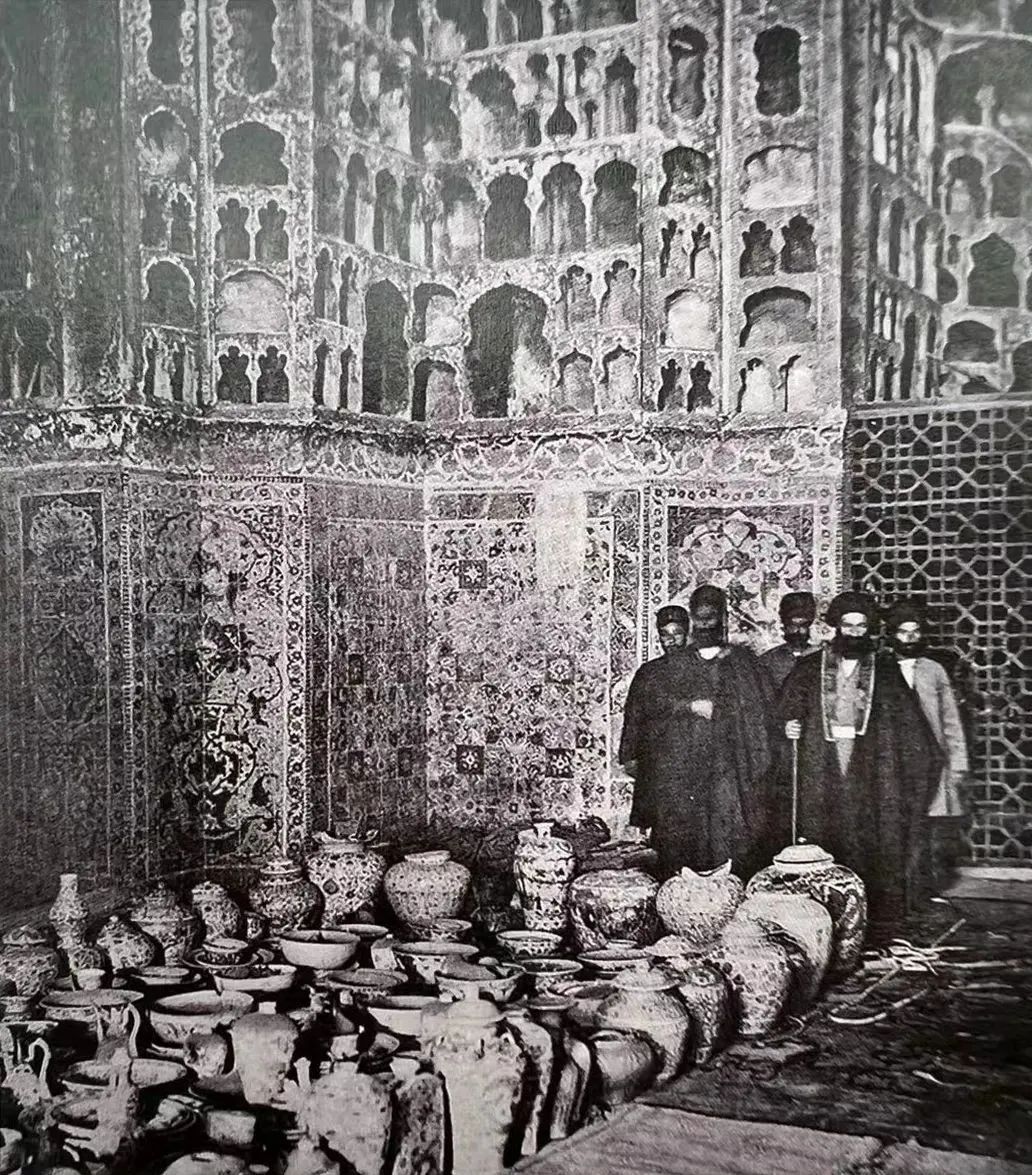
A photo of priests and servants and porcelain on the floor in the porcelain room of the Adbil Mosque Collection of the Boston Public Library

Yongle, Ming Dynasty, Blue and White Dragon Plate, Tomb of Sheikh Safi Adeddin, Ardabil Province, Iran Collection of the National Museum of Iran
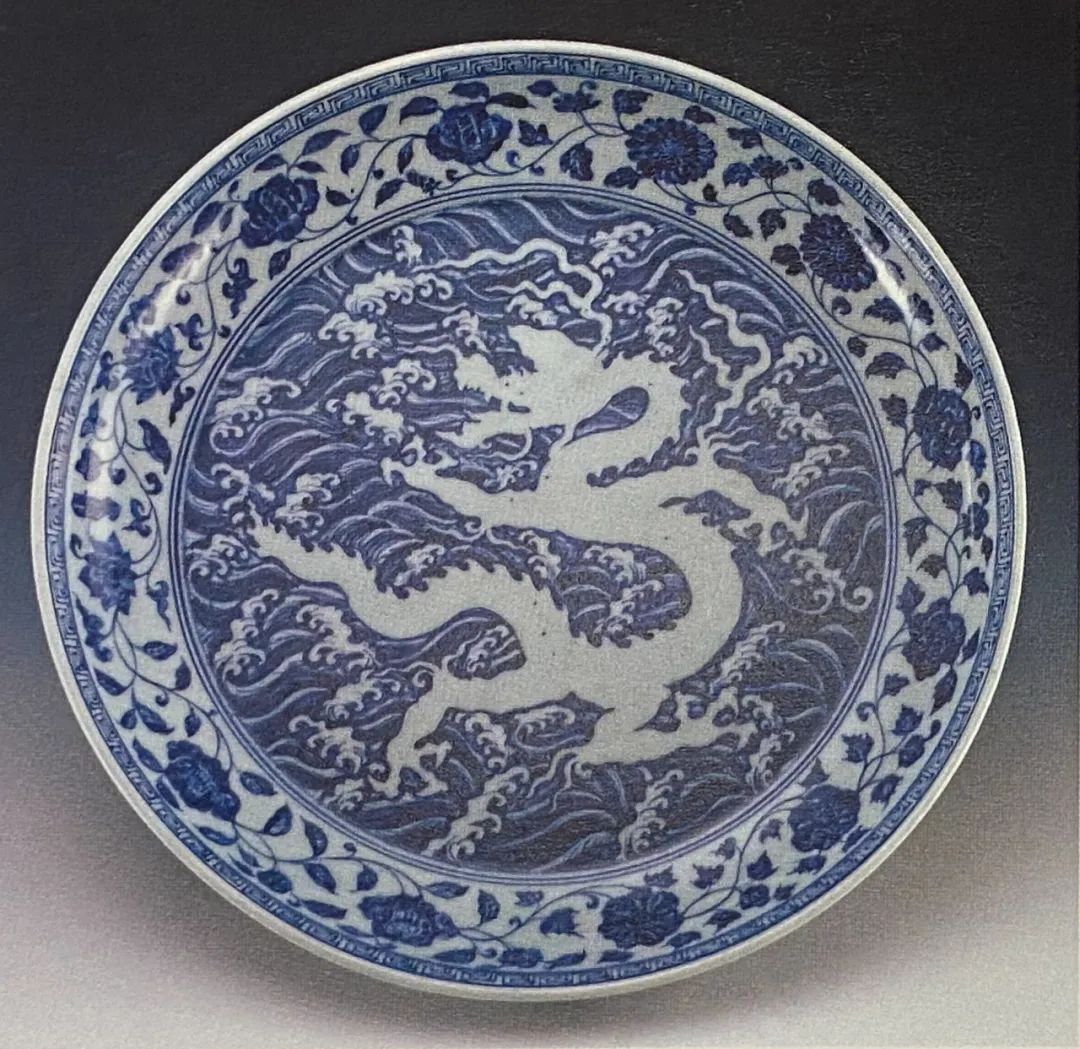
Ming Xuande blue-and-white blue-and-white plate with dark engraved dragon pattern and waves in the collection of Shanghai Museum
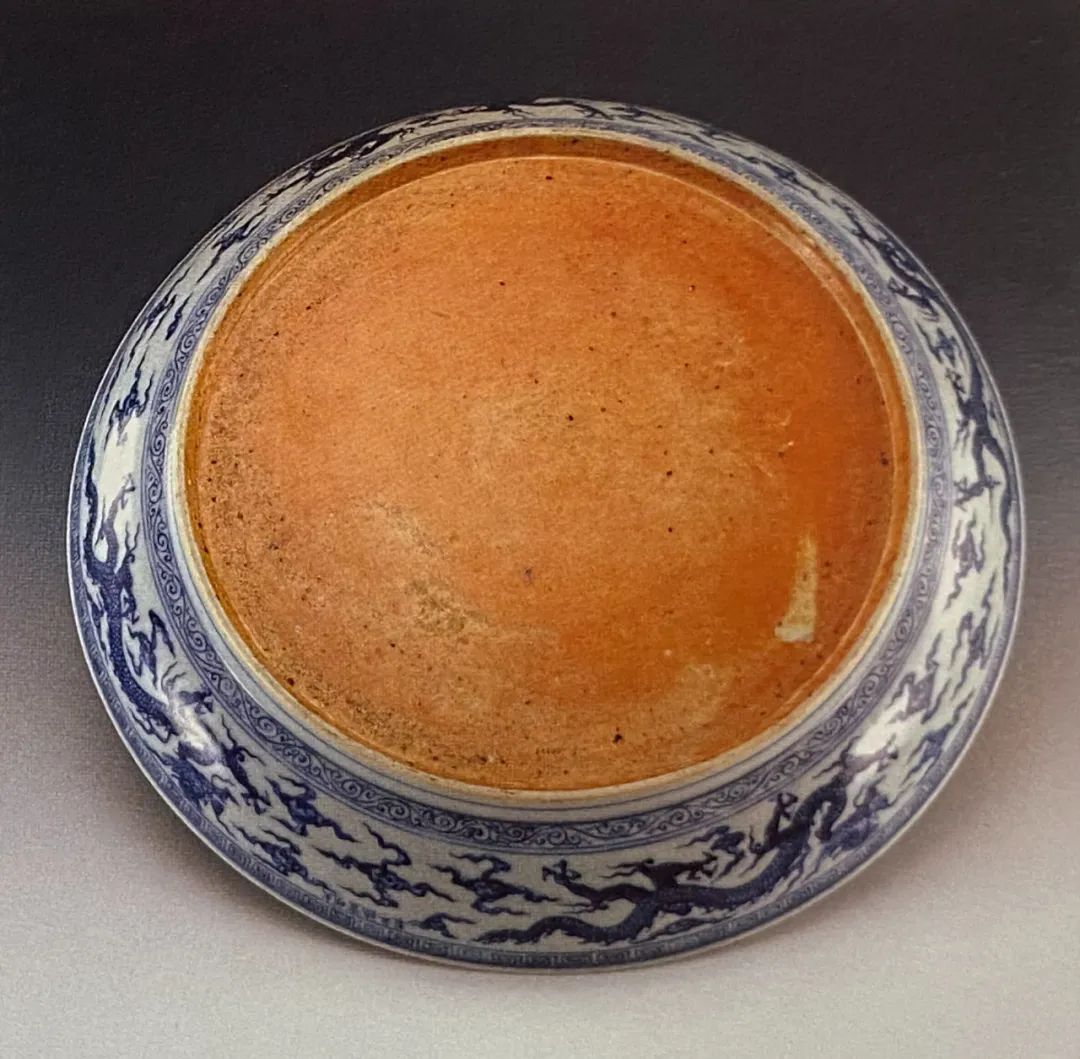
Ming Xuande blue-and-white blue-and-white plate with dark engraved dragon pattern and waves in the collection of Shanghai Museum

Ming Yongle blue-and-white seawater white dragon pattern skimming plum vase Unearthed in 1994 at the east gate of the southern foot of Zhushan Mountain, Jingdezhen Royal Kiln Museum

Ming Xuande blue-and-white cloud-dragon pattern ten-edged sunflower-petal wash
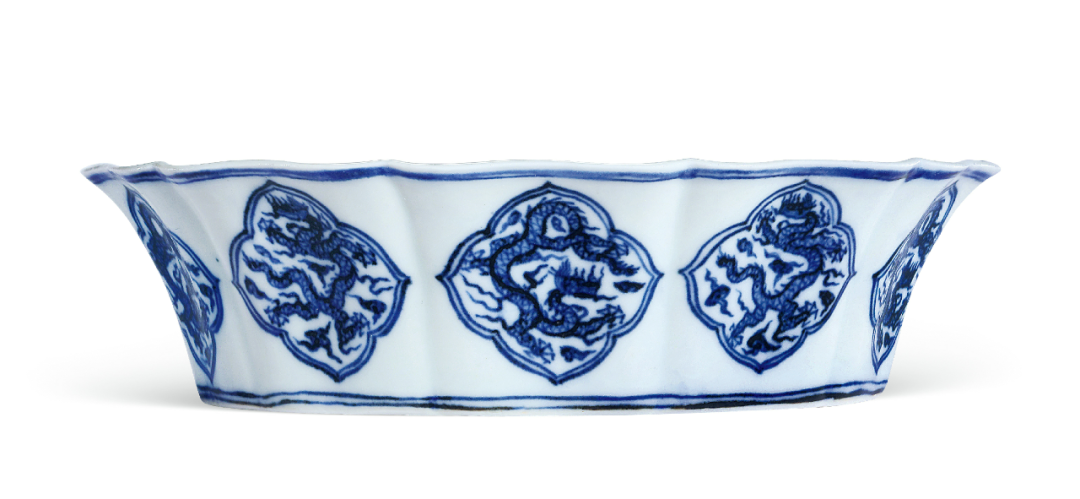
Ming Xuande blue-and-white cloud-dragon pattern ten-edged sunflower-petal wash

Ming Xuande blue and white Sanskrit sea water monster pattern goblet "Da Ming Xuande Year" style, old collection of Longquantang, Cocoon Mountain
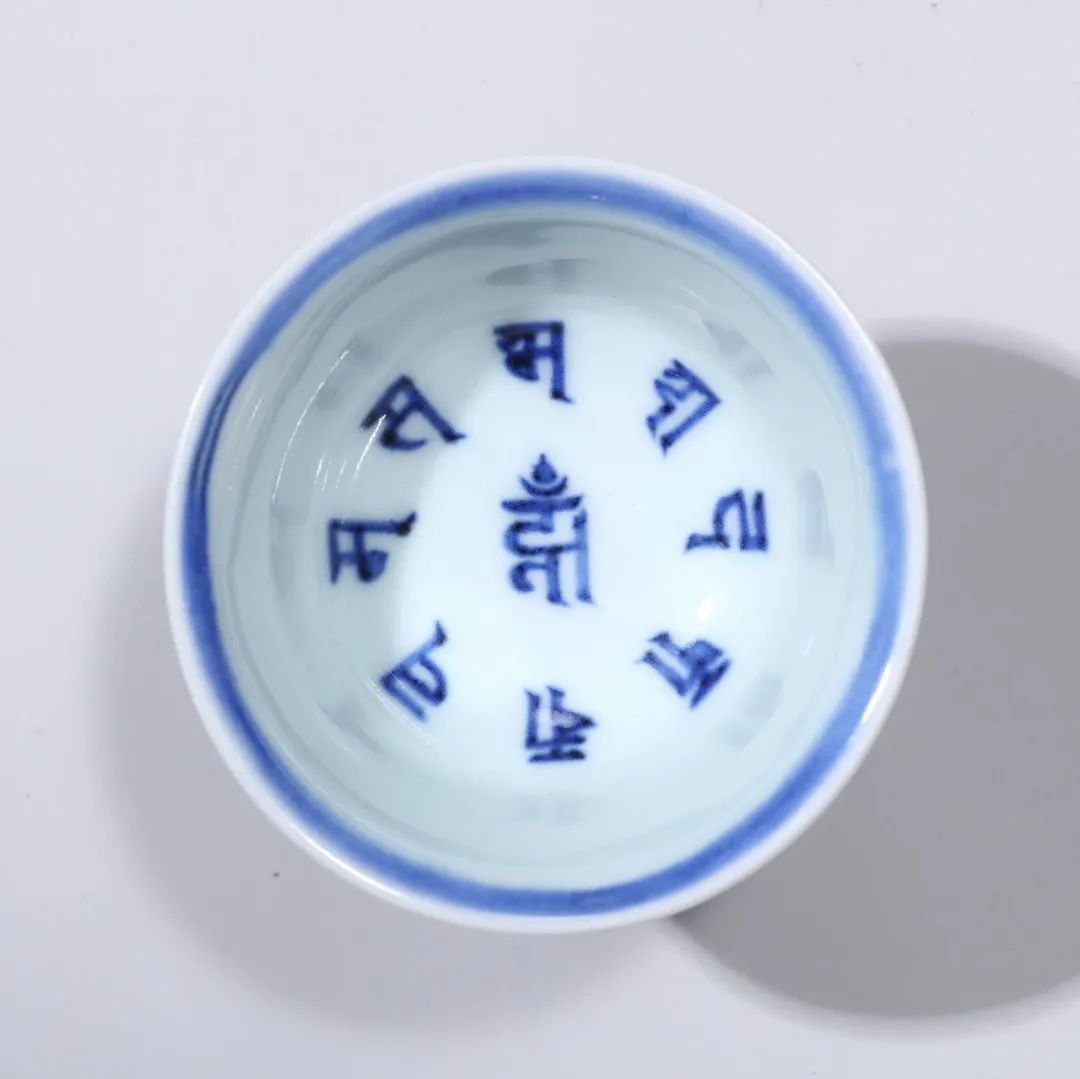
Ming Xuande blue and white Sanskrit sea water monster pattern goblet "Da Ming Xuande Year" style, old collection of Longquantang, Cocoon Mountain
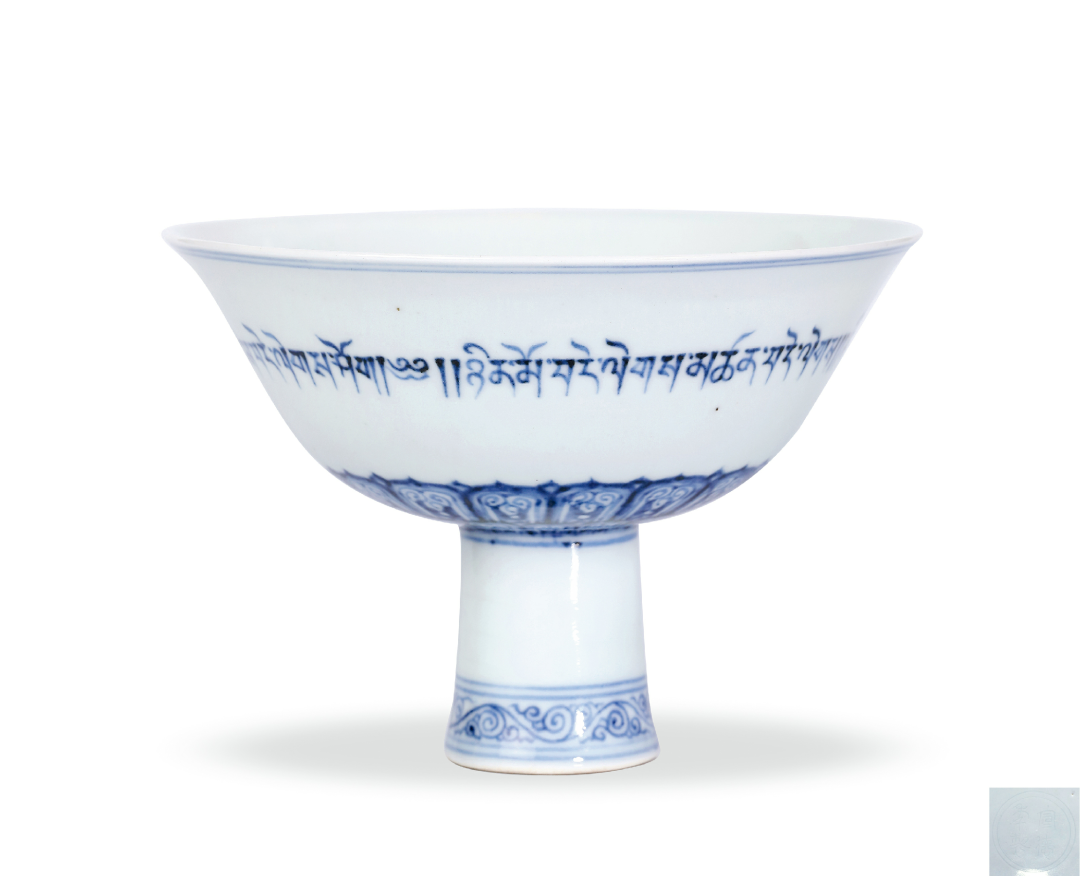
Ming Xuande imperial blue and white "Ode to Yong Ping" high foot bowl "Xuande year system"
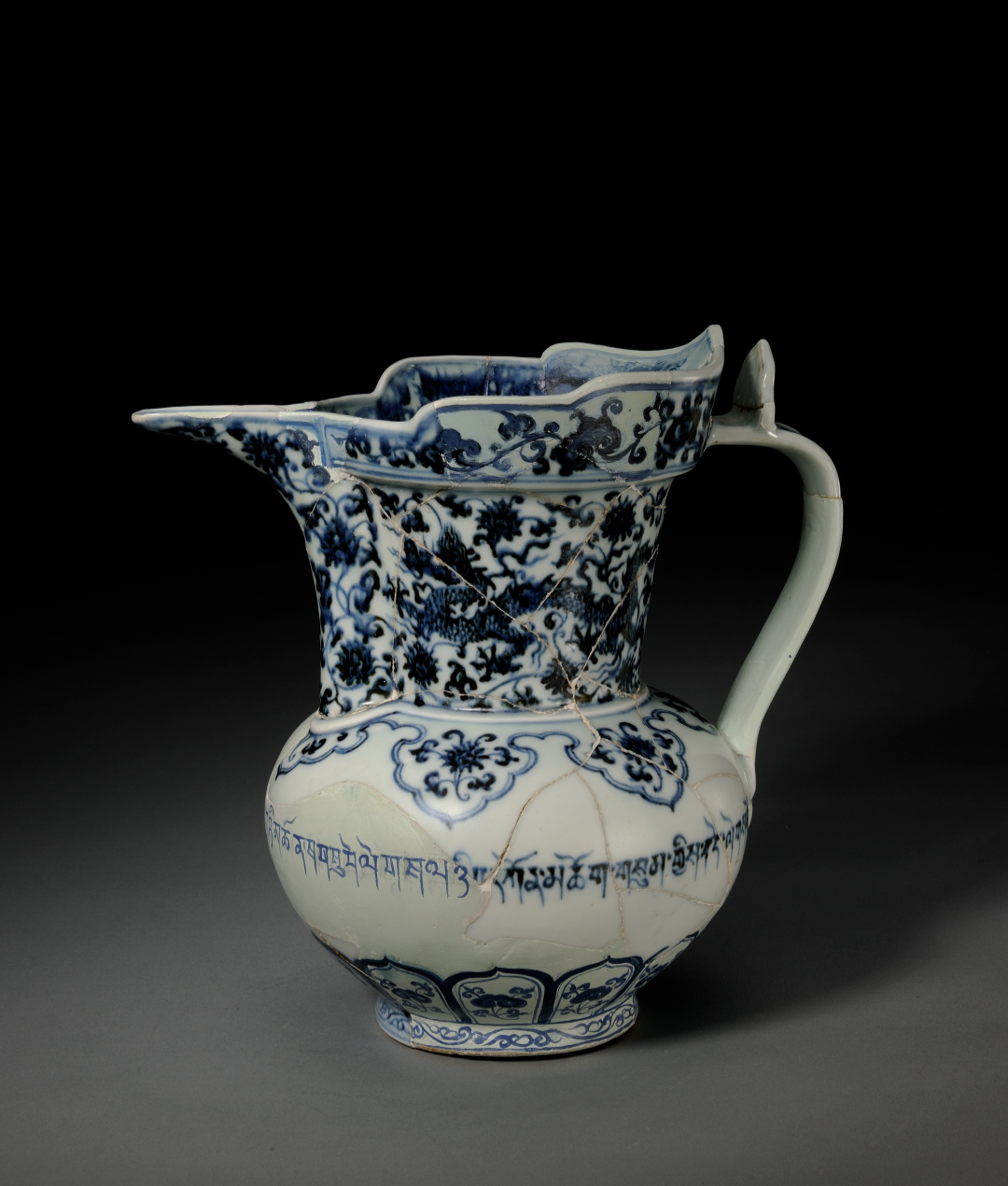
Ming Xuande blue-and-white monk hat pot with flowers and dragon patterns Unearthed in 1983 from the imperial kiln Zhushan, Jingdezhen imperial kiln museum

Ming Yongle white glaze darkly engraved plum vase with twisted branches and lotus pattern

Ming Yongle blue and white Ruyi plum vase with drooping shoulders and broken branches and flower and fruit patterns (yellow glaze was later applied in the Qing Dynasty)
The Charm of Cheng Kiln of "Equality Green"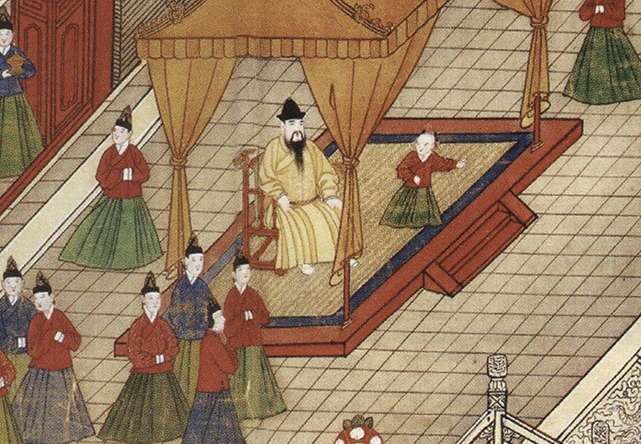
Scroll of Ming Xianzong's Lantern Festival Pleasures (Part), Ink and Color on Silk Collection by the National Museum of China
The Chenghua Emperor himself had high artistic quality, and the craftsmanship and management system of the imperial kiln factory became more and more mature and complete, and the selection system for imperial products was extremely strict. The blue-and-white porcelain at this time was "fine and glazed in the fetal essence, elegant, elegant, and wonderful". In the early stage of Chenghua, imported blue-and-white materials were used, and the hair color was thick and strong, similar to the blue-and-white in the late Xuande period. In the middle and late stage, the extremely high-quality domestic green material produced in Pitang, Leping, Jiangxi Province is selected. Chenghua once had extremely strict requirements on porcelain firing, and spared no expense on the cost. It was another aesthetic peak of blue and white in the Ming Dynasty.
Ming Chenghua Blue and White Sanskrit "Three Characters Ming" Sea Pomegranate Pattern Reclining Foot Bowl "Da Ming Chenghua Year System"

Ming Chenghua Blue and White Sanskrit "Three Characters Ming" Sea Pomegranate Pattern Reclining Foot Bowl "Da Ming Chenghua Year System"

Ming Chenghua Blue and White Sanskrit "Three Characters Ming" Sea Pomegranate Pattern Reclining Foot Bowl "Da Ming Chenghua Year System"

Ming Chenghua blue-and-white phoenix bowl unearthed in 1987 from the imperial kiln Zhushan, Jingdezhen imperial kiln museum

Ming Chenghua blue-and-white phoenix bowl unearthed in 1987 from the imperial kiln Zhushan Mountain, Jingdezhen imperial kiln museum

Ming Chenghua blue and white tangled camellia pattern palace bowl "Da Ming Chenghua annual system"
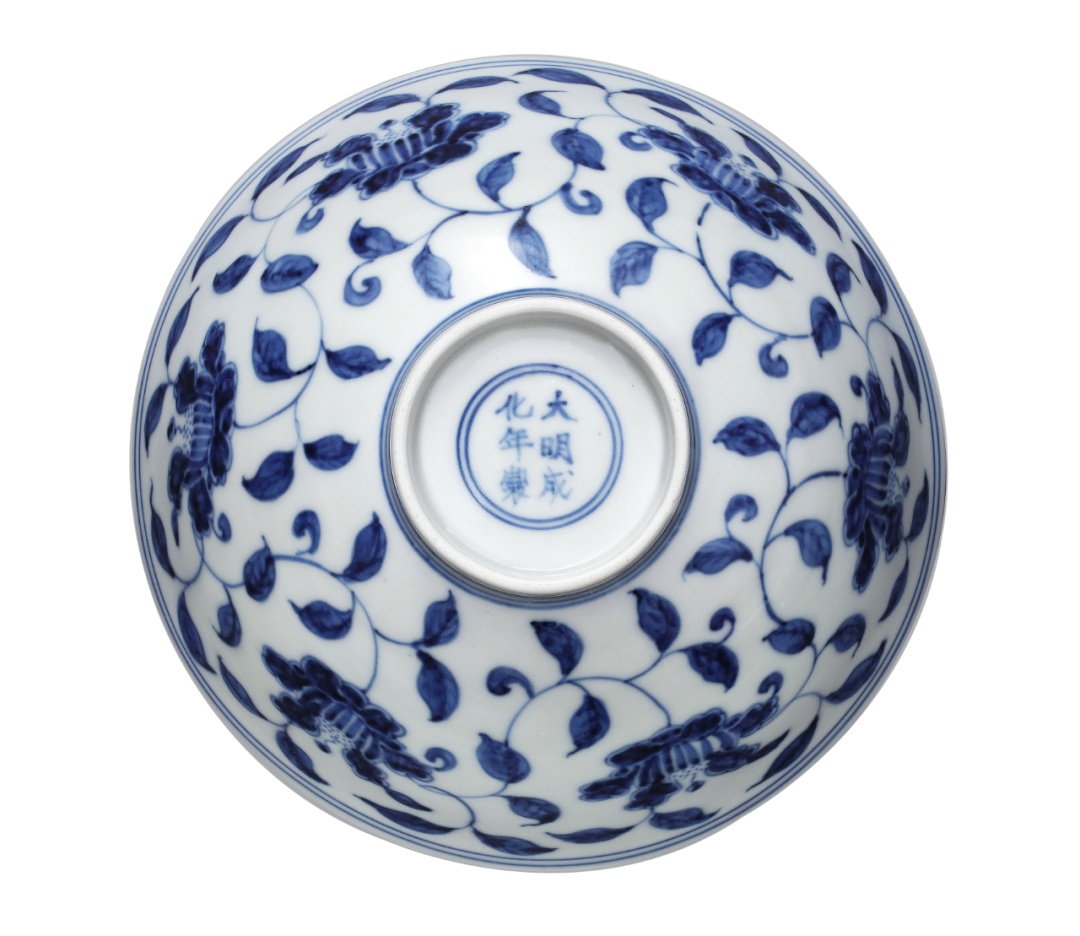
Ming Chenghua blue and white tangled camellia pattern palace bowl "Da Ming Chenghua annual system"
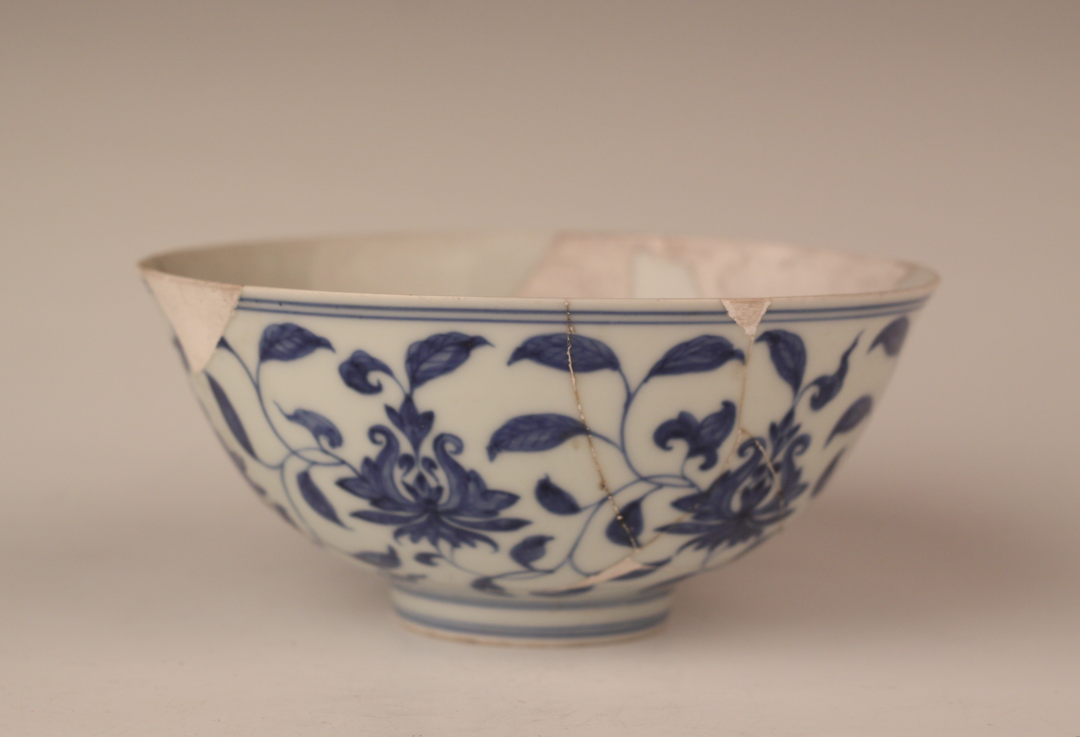
Ming Chenghua blue-and-white palace bowl with intertwined branches and treasures pattern Unearthed in 1987 from the imperial kiln in Zhushan, Jingdezhen imperial kiln museum

Ming Chenghua blue-and-white palace bowl with intertwined branches and treasures pattern Unearthed in 1987 from the imperial kiln in Zhushan, Jingdezhen imperial kiln museum
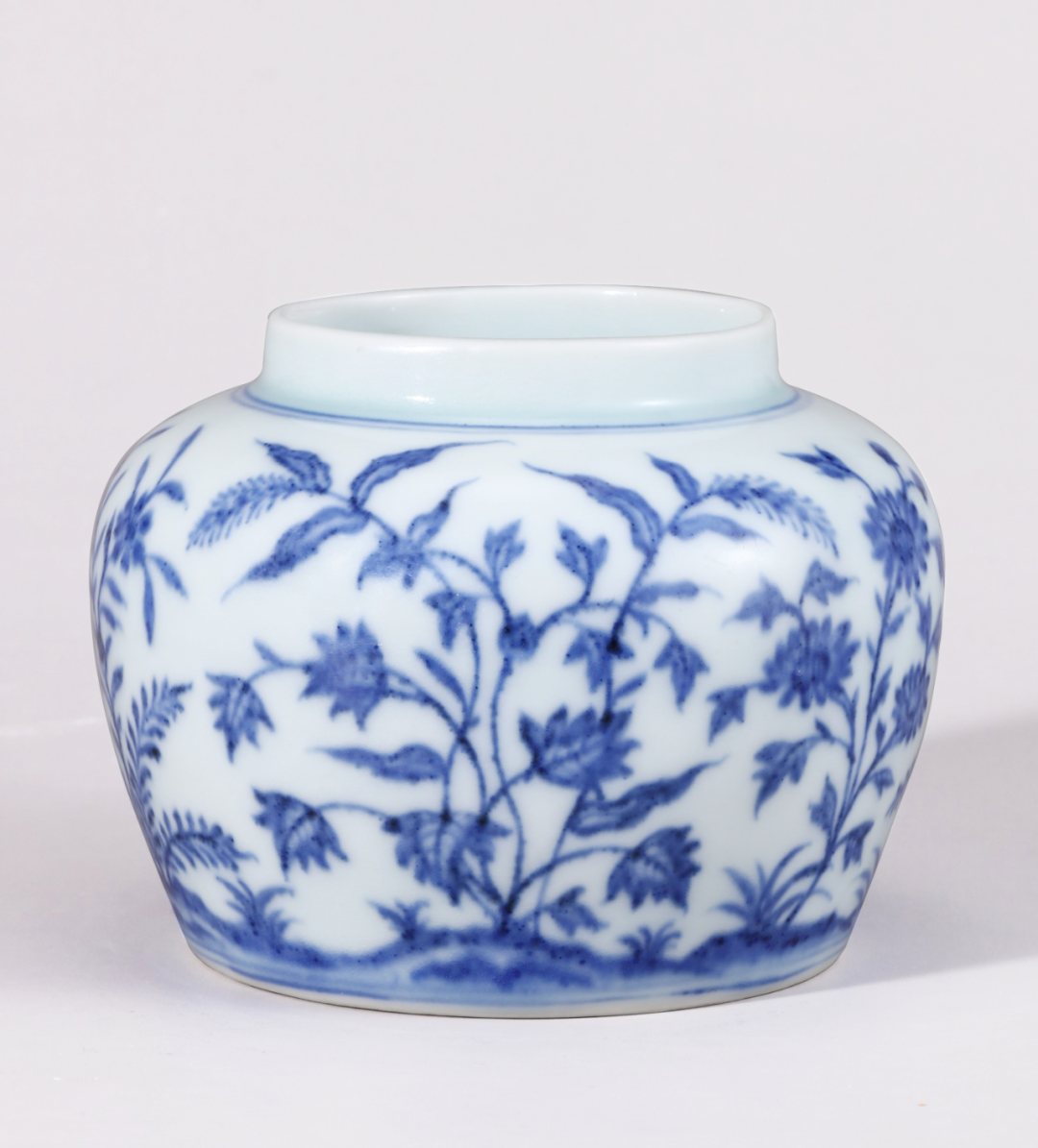
Ming Chenghua blue and white nine-autumn jar
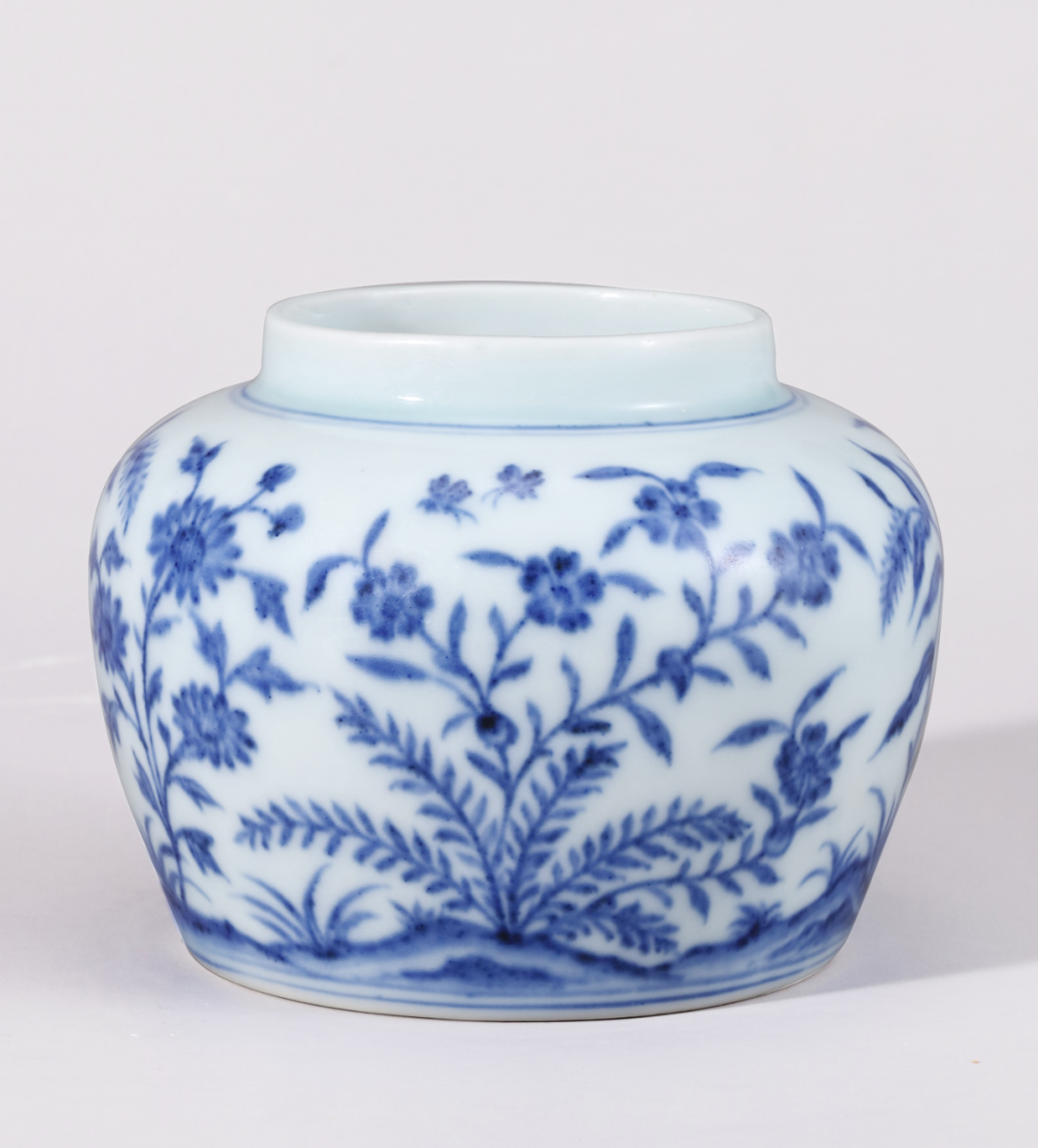
Ming Chenghua blue and white nine-autumn jar
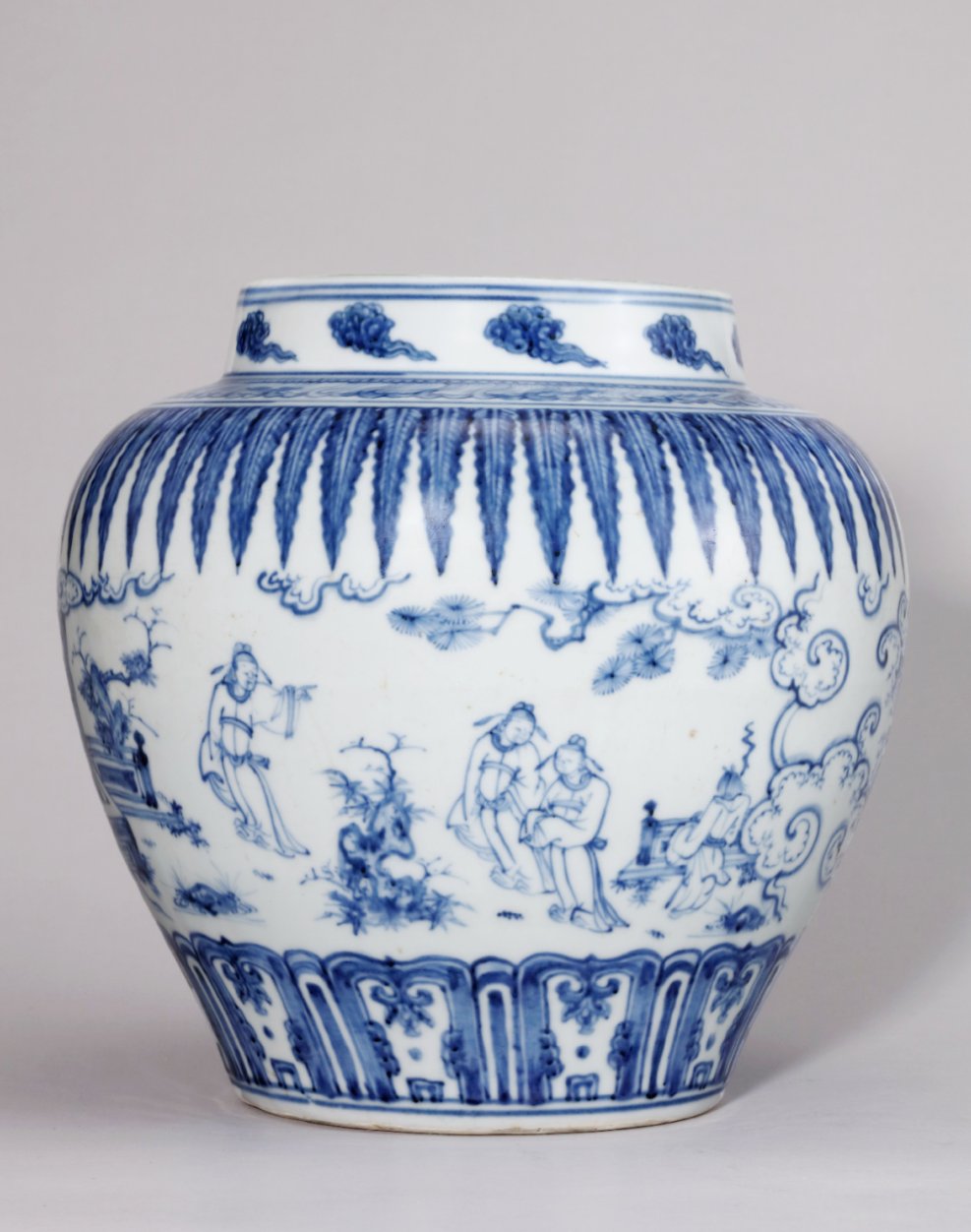
Ming Chenghua blue and white "Zhuxi Liuyi" elegant collection picture jar

Ming Chenghua blue and white "Zhuxi Liuyi" elegant collection picture jar

Ming Chenghua blue-and-white courtyard figure bowl unearthed in 1987 from the imperial kiln Zhushan, Jingdezhen imperial kiln museum
From Shiziqing, Huiqing to Zhejiang material and pearl materialHongzhi blue and white is still made of equal blue and white materials, and the hair color is light and the decoration is weak. Emperor Zhengde admired Islamic culture and believed in Buddhism, so official kiln porcelain liked to be decorated with Arabic characters and Taoist auspicious patterns. In addition to continuing to use the Ping Ping Qing material, the "Shi Zi Qing" material produced in Jiangxi is newly used, and the hair color is blue and gray. In the middle and late stage, extremely expensive imported "returning green" materials were used. "Peeping the Heavens and Outside the Vehicle" contains: "Returning to Qing Dynasty went abroad, Zhengde, Dacang Town, Yunnan, got it... It is known that it can be burned in kilns, and the fruit is good."
Emperor Jiajing reigned for 45 years, known as the "Jiajing New Deal". Jiajing porcelain is mainly based on blue and white, with various shapes, and many large furnishings are fired, which is extremely difficult to fire. Due to the different cobalt materials used, Jiajing blue and white hair colors are different. For those who use domestic cobalt materials, the hair color is blue and gray. The typical Jiajing blue-and-white uses Huiqing, which is extremely expensive and expensive, and is only strictly used by the imperial court. The Wanli Dynasty lasted for 48 years. In the early days, Huiqing materials were still used, and the hair color was similar to the typical blue and white in Jiajing and Longqing periods. At the same time, they began to use cobalt materials produced in Zhejiang Province, collectively referred to as "Zhejiang materials". Therefore, the blue and white porcelain in the middle and late Wanli period was blue and gray in color, far less bright than the previous dynasties. From the transitional period of the late Ming and early Qing dynasties to the Kangxi period, high-quality Yunnan Zhuming materials were used. At this time, the fineness and firing technology of domestic materials became more and more mature.

Ming Hongzhi blue and white blue and white plate with cloud pattern and outer dragon pattern "Daming Hongzhi year system" mark

Ming Zhengde Blue and White Curly Grass Arabic Wuya Bishan "Da Ming Zhengde Year System" mark

Ming Jiajing Blue and White Sanyang Kaitai Yangzhong Bowl "Ming Jiajing Year System"
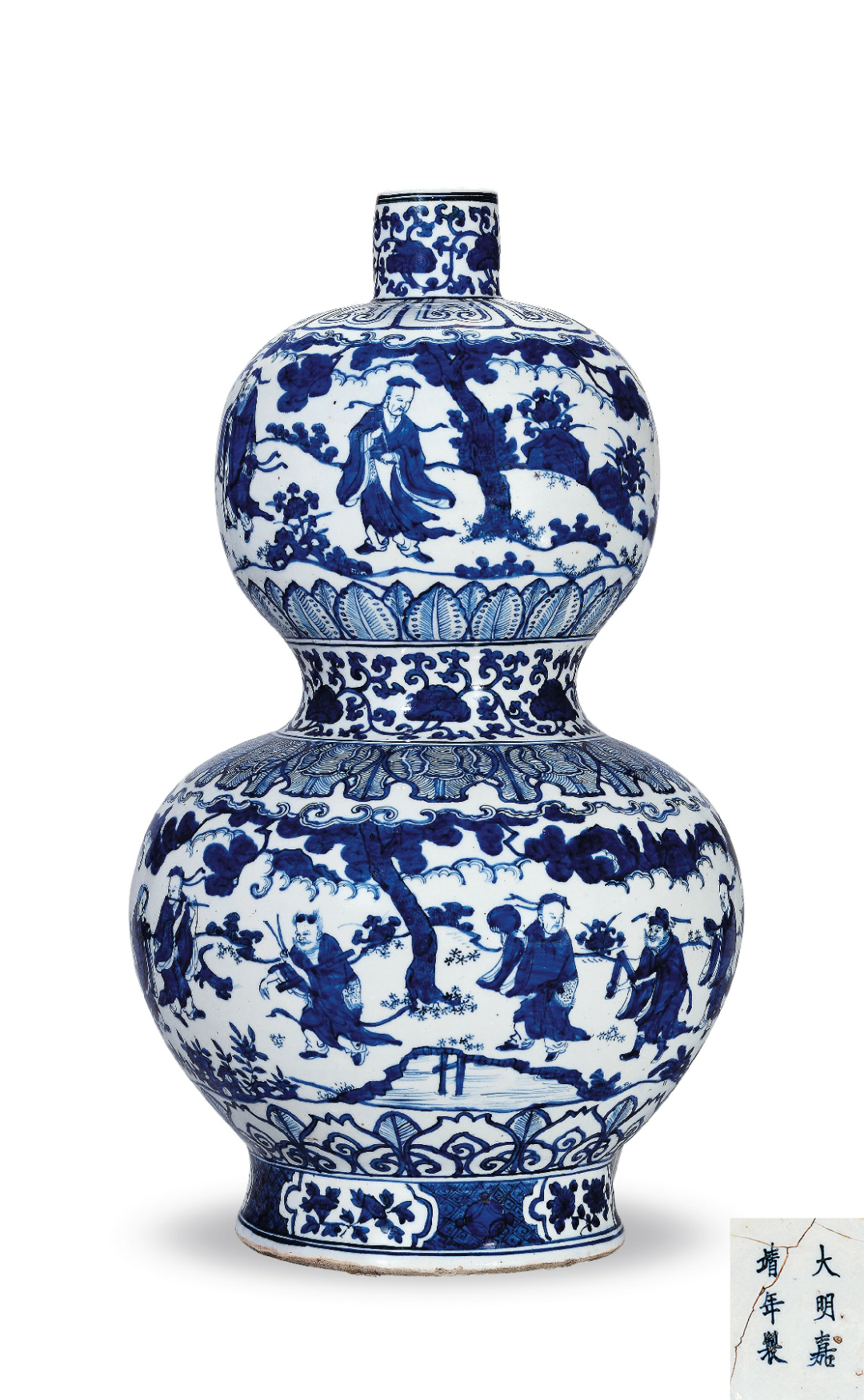
Ming Jiajing blue and white eight immortals birthday pattern large gourd vase "Da Ming Jiajing year system"

Ming Jiajing blue and white sixteen child baby play big pot "Da Ming Jiajing year system"

Ming Wanli blue and white colorful baby play Go jar "Da Ming Wanli Annual System"

Tomorrow Kaimi Wanzhong made blue and white travertine flower halberd goblet "Apocalypse Year Rice Stone Hidden System"
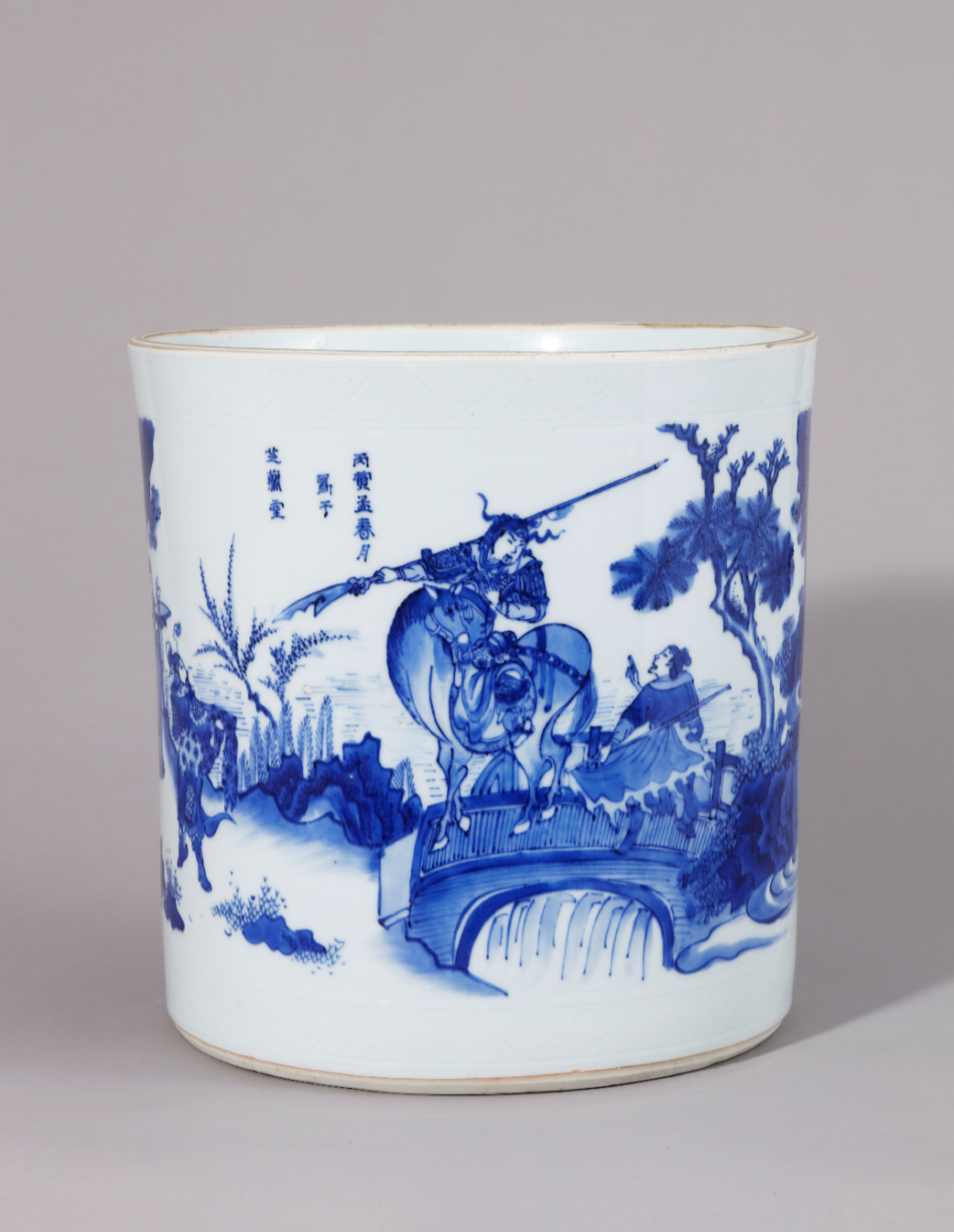
Tomorrow's New Year's Inscription Blue and White "Romance of the Three Kingdoms" Large Pen Holder Collection of Liangqing Bookstore
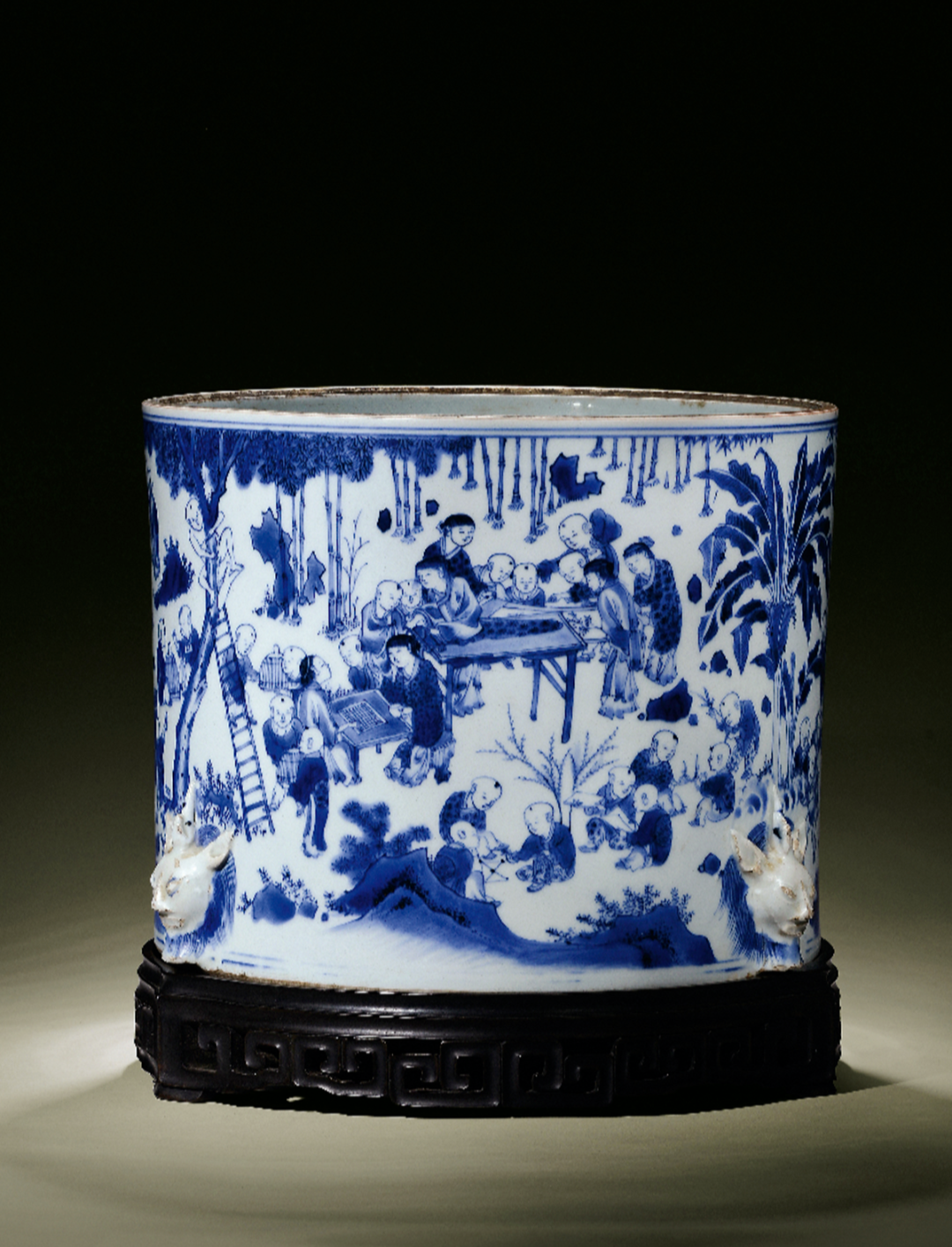
Ming Chongzhen blue and white baizi picture large pen holder
Late Ming Antique and Yongqian Imitation MingIn the Jiajing and Wanli dynasties, the blue and white hair color is thick green and purple, which is exactly similar to the blue and white utensils of the Yong and Xuan dynasties, so there are many imitations of the Yong and Xuan blue and white styles of the previous dynasties. This special variety phenomenon also reflects the diversity of porcelain modeling, decoration and drawing techniques during this period. The emperors of the three dynasties of the Qing Dynasty especially loved ancient artifacts, so the firing of antique artifacts has always been popular in the Qing court, and blue and white antique porcelain is no exception. There are many records of the firing of blue-and-white porcelain imitating objects in the court's "Notes File", such as "imitation Xuan kiln", "imitation Cheng kiln", "imitation Jia kiln" and so on. Since the beginning of the Kangxi Dynasty in the Qing Dynasty, the emperor has repeatedly ordered the imperial kiln factory to take the Ming Xuande blue and white as a model and carefully imitate it, which is the so-called "official imitation of official". Because the pearl material produced in Yunnan is used, the spot dyeing technique is used to pursue the rust-spot effect of Su Ma Li Qing. There is another part of the imitation burner, although the pattern inspiration comes from the Ming Dynasty, but the paintings are obviously different, with the charm of the Qing official kiln, reflecting the difference in the aesthetics of the two dynasties.
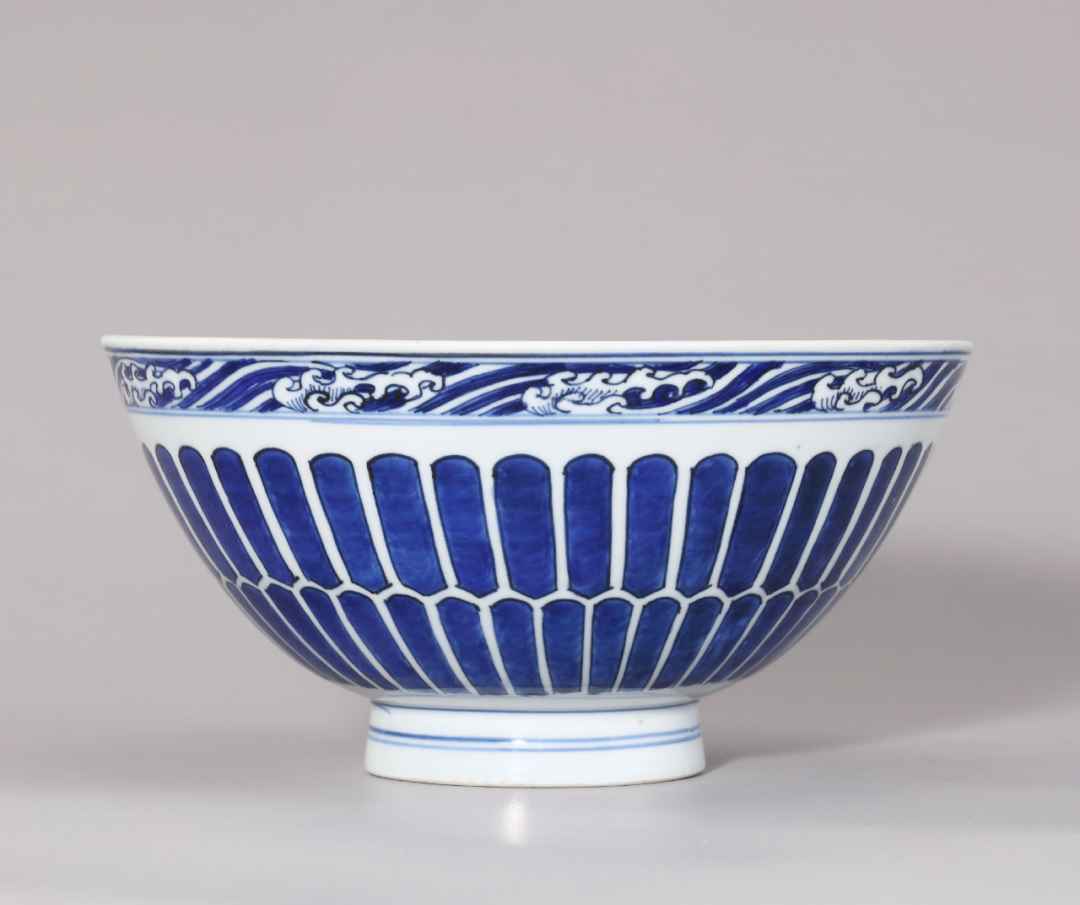
Ming Wanli imitation Xuan kiln blue and white lotus petal pattern inner tangled flower pattern bowl "Da Ming Wanli year"

Qing Qianlong imitation Xuan kiln blue and white flower pattern vase "Qianlong year" mark
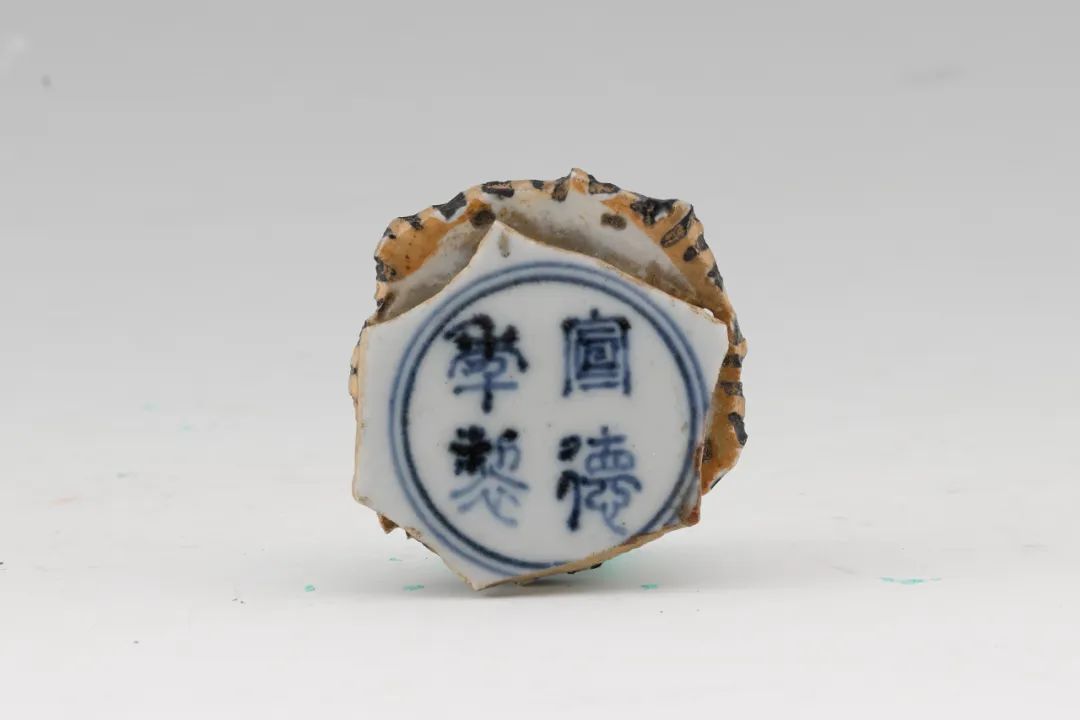
Ming Xuande blue and white "Xuande year system" seal script (remaining) Jingdezhen Royal Kiln Museum

Ming Xuande blue and white jar with dragon pattern (remainder) in the collection of Jingdezhen Royal Kiln Museum

Ming Chenghua Huang Caiyun dragon bowl (remainder) in the collection of Jingdezhen Royal Kiln Museum
Documenta - Qiu Yanzhi's Anti-Xizhai Ming Porcelain Photo Collection and Inscriptions of Past Dynasties
1943 Qiu Yanzhi's Old Collection of Ming Dynasty Porcelain Photo Album-Excerpt (signed by Wu Hufan)
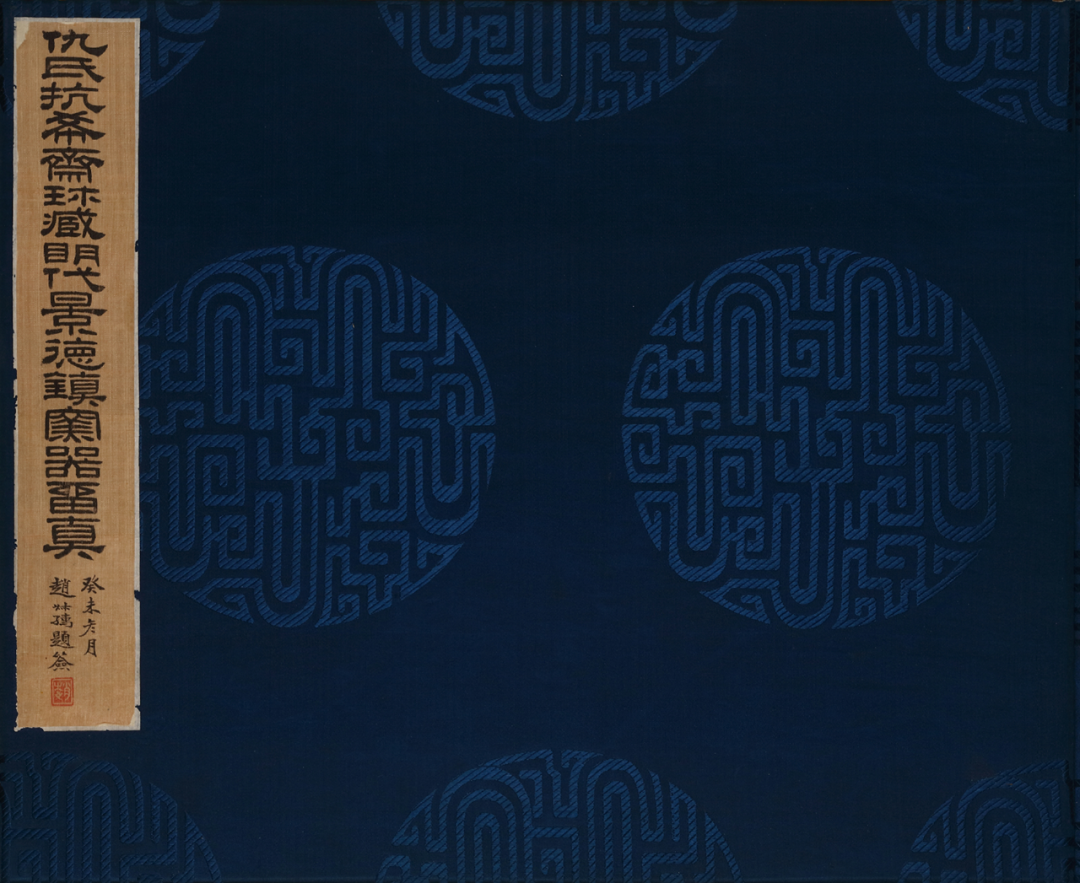
1943 Qiu Yanzhi's Old Collection of Ming Dynasty Porcelain Photo Album-Excerpt (signed by Wu Hufan)

1943 Qiu Yanzhi's Old Collection of Ming Dynasty Porcelain Photo Album-Excerpt (signed by Wu Hufan)
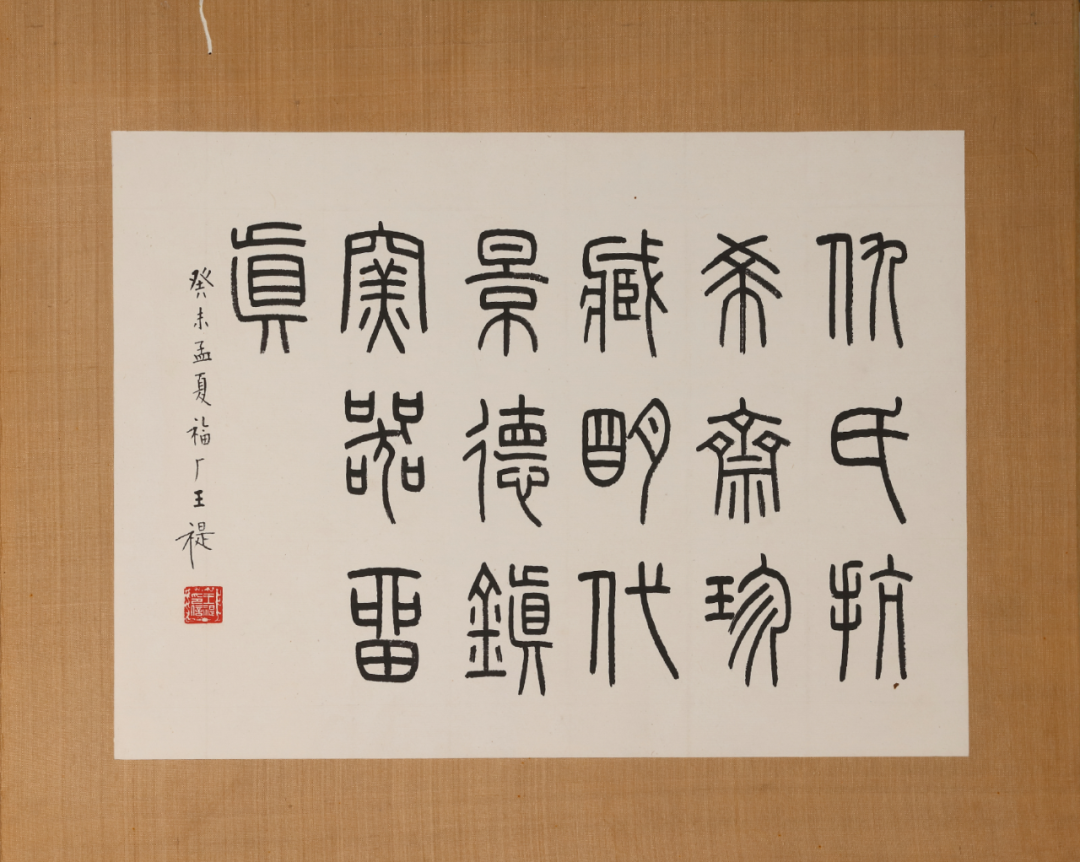
1943 Qiu Yanzhi's Old Collection of Ming Dynasty Porcelain Photo Album-Excerpt (signed by Wu Hufan)
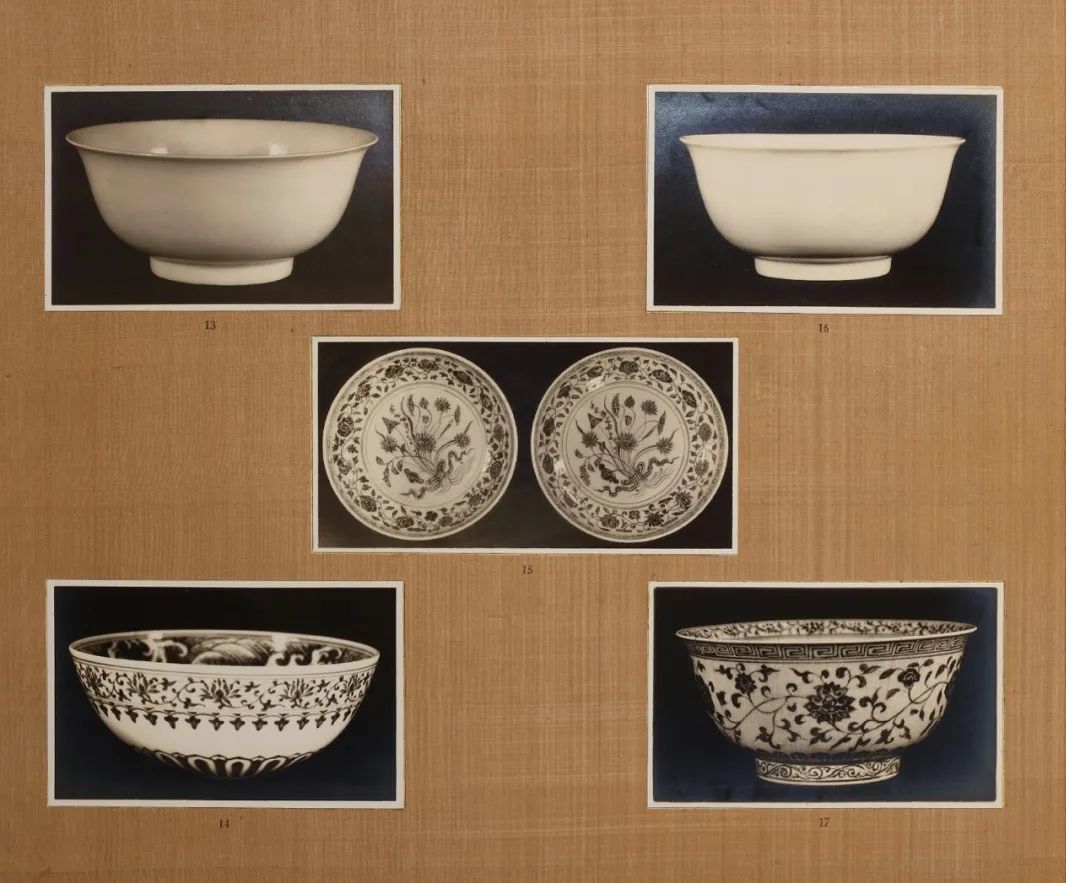
1943 Qiu Yanzhi's Old Collection of Ming Dynasty Porcelain Photo Album-Excerpt (signed by Wu Hufan)
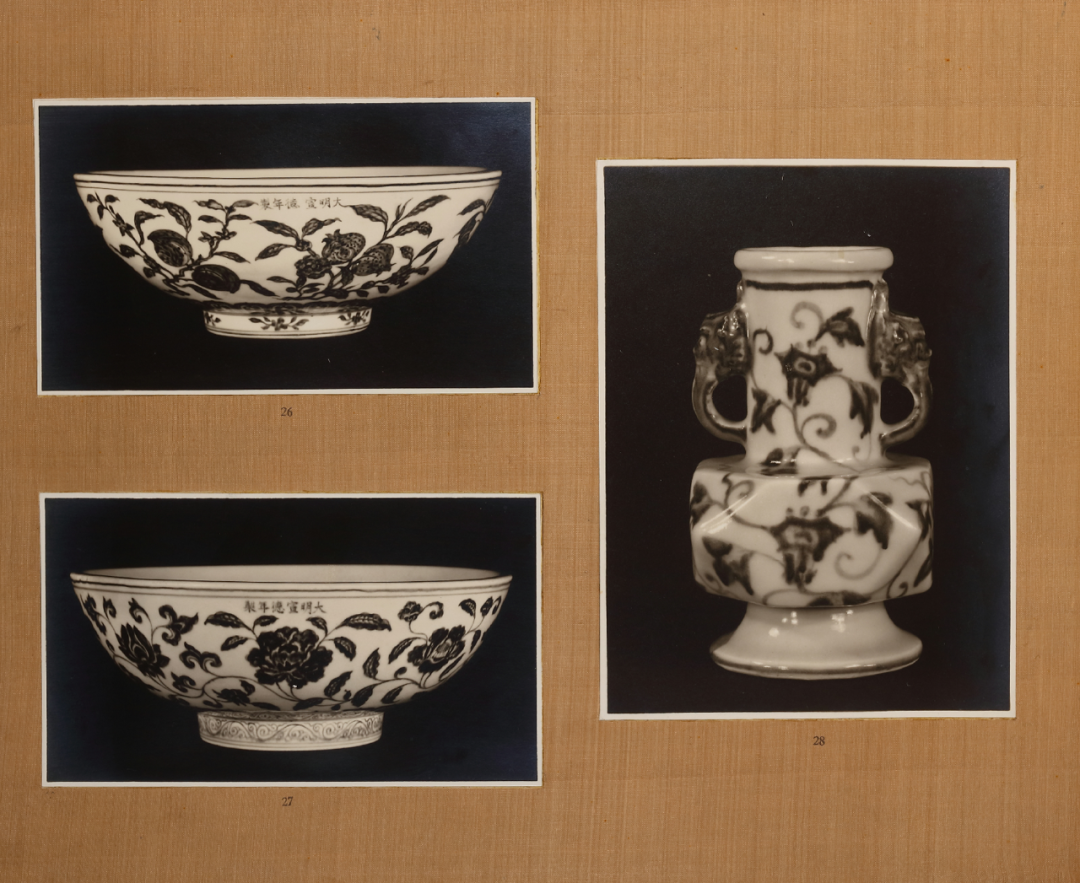
1943 Qiu Yanzhi's Old Collection of Ming Dynasty Porcelain Photo Album-Excerpt (signed by Wu Hufan)
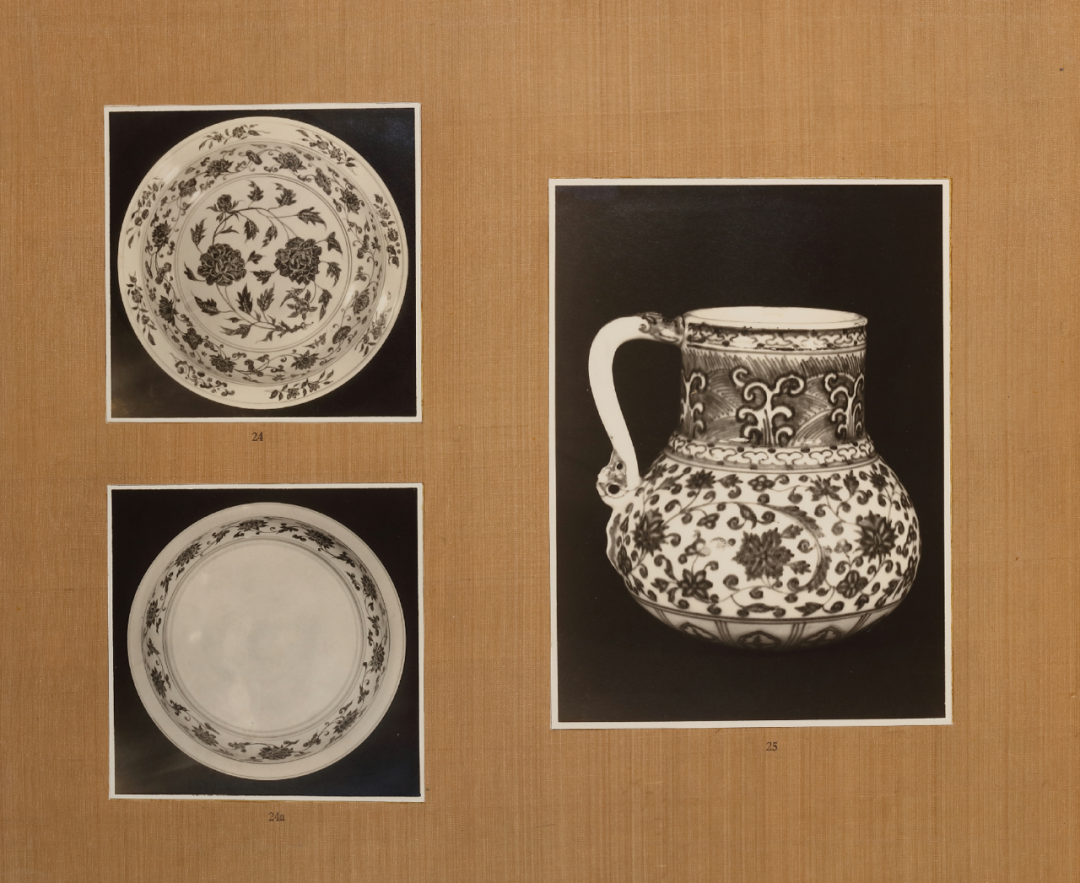
1943 Qiu Yanzhi's Old Collection of Ming Dynasty Porcelain Photo Album-Excerpt (signed by Wu Hufan)
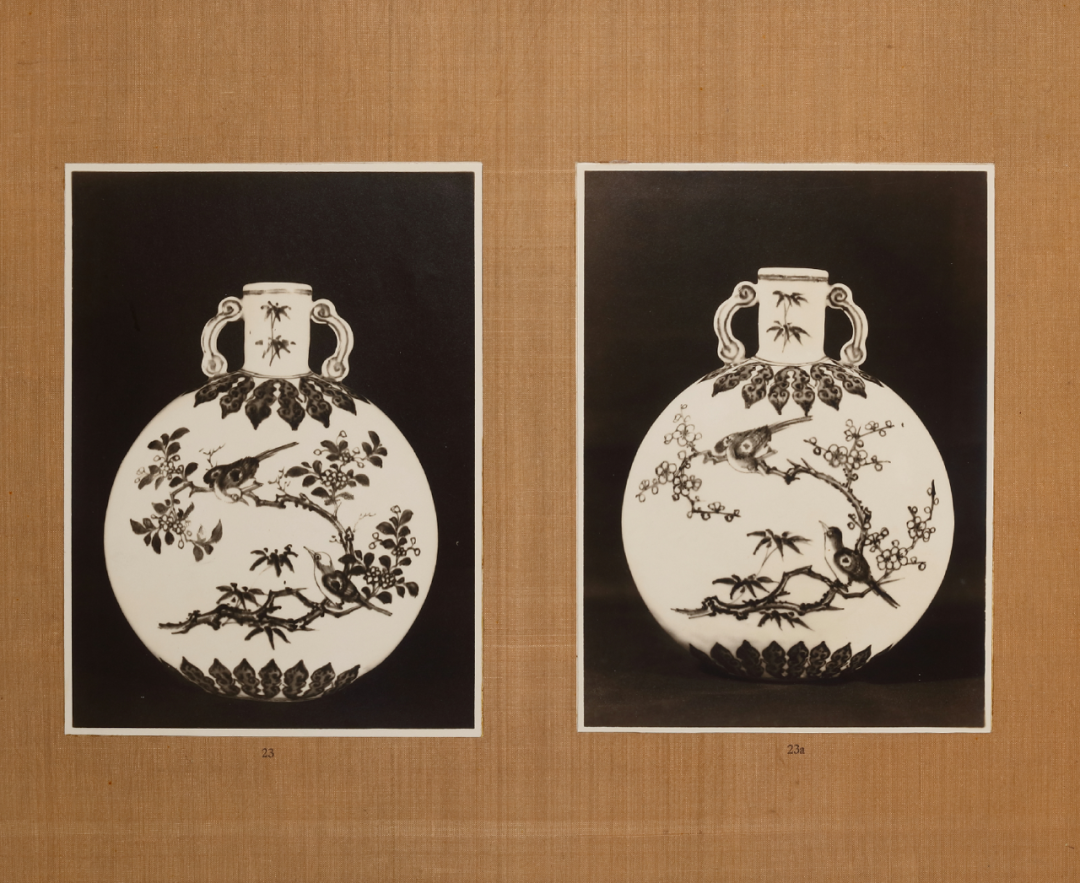
1943 Qiu Yanzhi's Old Collection of Ming Dynasty Porcelain Photo Album-Excerpt (signed by Wu Hufan)

1943 Qiu Yanzhi's Old Collection of Ming Dynasty Porcelain Photo Album-Excerpt (signed by Wu Hufan)
(This article is compiled from the WeChat public account of Poly Art Museum)